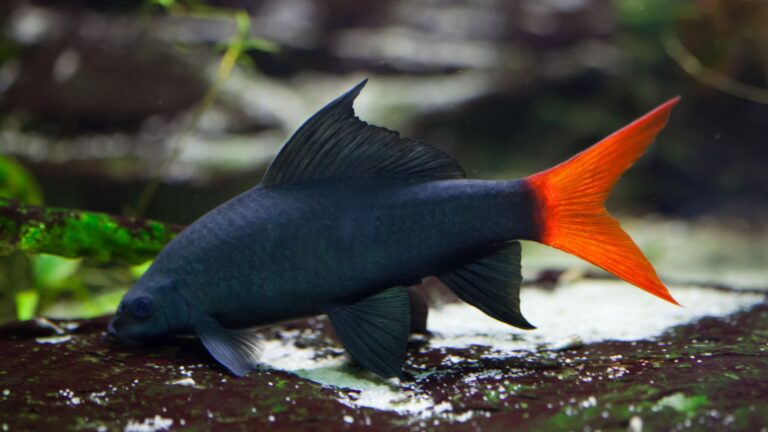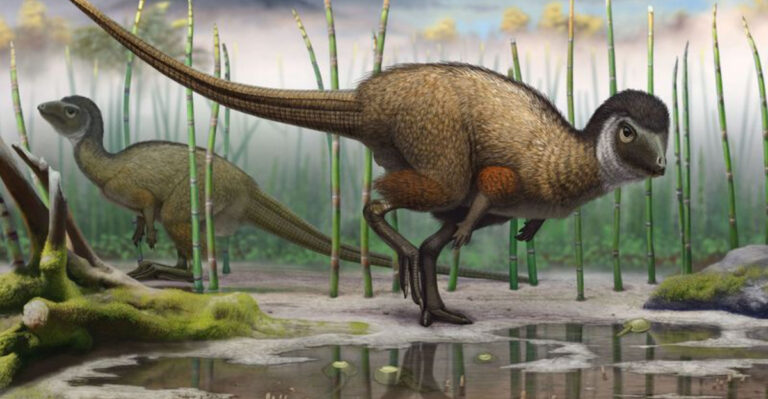The Largest Salamander Species Ever Found In Every Single U.S. State
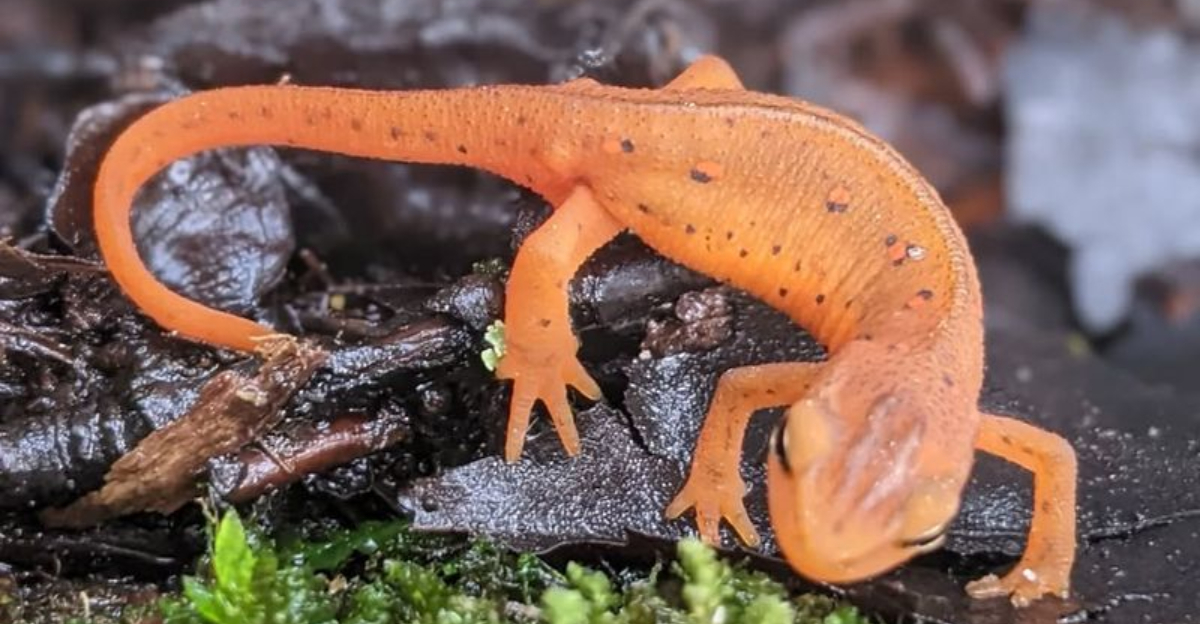
Salamanders, the mystical creatures of the amphibian world, hold a certain charm with their elusive existences across various terrains. In the United States, each state boasts its own amphibian residents, some of which are the largest salamander species ever found in their respective regions.
Join us on this enchanting journey as we explore the unique characteristics and habitats of these captivating creatures, state by state.
1. Alabama’s Magnificent Amphibian: Lesser Siren
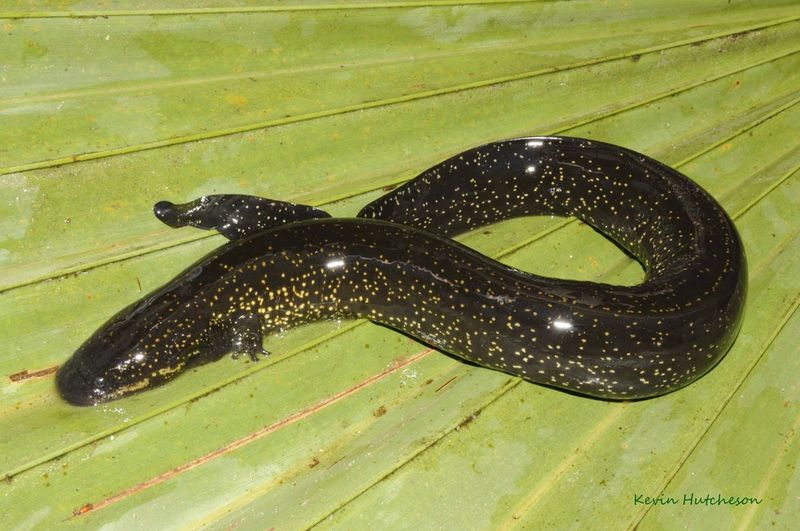
In the lush swamps of Alabama, the Lesser Siren makes its grand appearance. Resembling an eel more than a typical salamander, this creature boasts a long, slender body and diminutive limbs. Its presence in the warm waters of Alabama’s wetlands adds an exotic touch to the state’s rich biodiversity.
The Lesser Siren thrives in murky waters, using its small limbs for subtle locomotion. Despite its lack of hind legs, this amphibian is a master of stealth and survival. With external gills that resemble feathers, it navigates the underwater world with grace.
This fascinating creature measures up to 27 inches, making it the largest salamander in Alabama. Its nocturnal nature means it often goes unnoticed by day, but it remains a crucial part of the aquatic ecosystem, feeding on small fish and crustaceans.
2. Alaska’s Giant: Northwestern Salamander
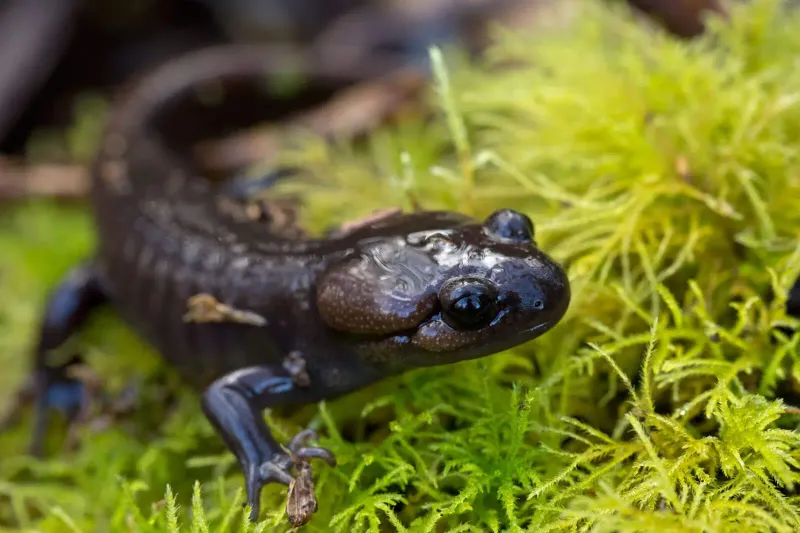
Alaska, known for its vast wilderness, is home to the impressive Northwestern Salamander. This amphibian has adapted to the cold climates of Alaska’s forests, exhibiting a dark brown color with lighter speckles. Its appearance is as rugged as the landscape it inhabits.
The Northwestern Salamander can grow up to 10 inches, standing out as Alaska’s largest salamander. It thrives in moist environments, often found under logs and leaf litter in coniferous forests.
Despite the challenging climate, this salamander species manages to flourish, showing exceptional resilience. Its diet includes insects and small invertebrates, making it a key player in maintaining the ecological balance of its habitat.
3. Arizona’s Arid Amphibian: Barred Tiger Salamander
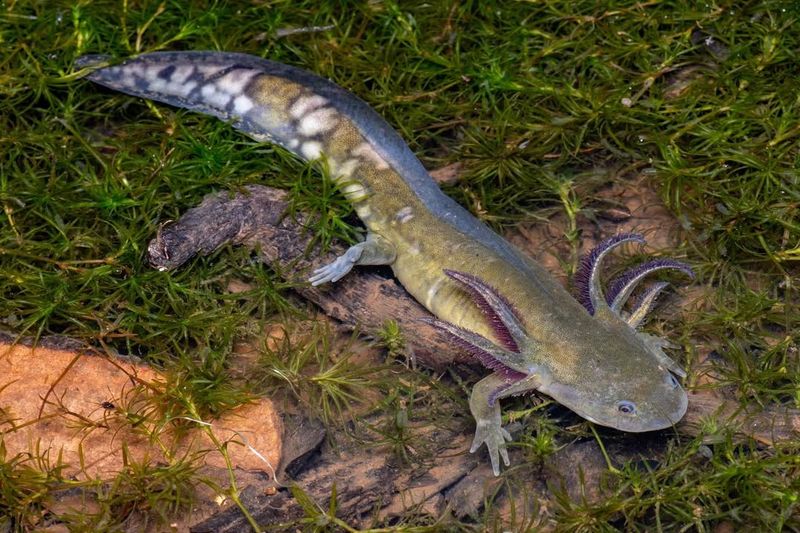
In the arid deserts of Arizona, the Barred Tiger Salamander reigns as the largest of its kind. Characterized by its robust body and striking barred pattern, this salamander is an unexpected inhabitant of the dry terrain.
Despite the harsh conditions, it thrives by utilizing burrows to maintain moisture and temperature. This adaptability showcases its incredible survival skills in a seemingly inhospitable environment.
Measuring up to 14 inches, the Barred Tiger Salamander feeds on insects and small vertebrates. Its presence in Arizona highlights the state’s diverse wildlife, proving that even in deserts, life finds a way to flourish.
4. Arkansas’s Underwater Gem: Ozark Hellbender
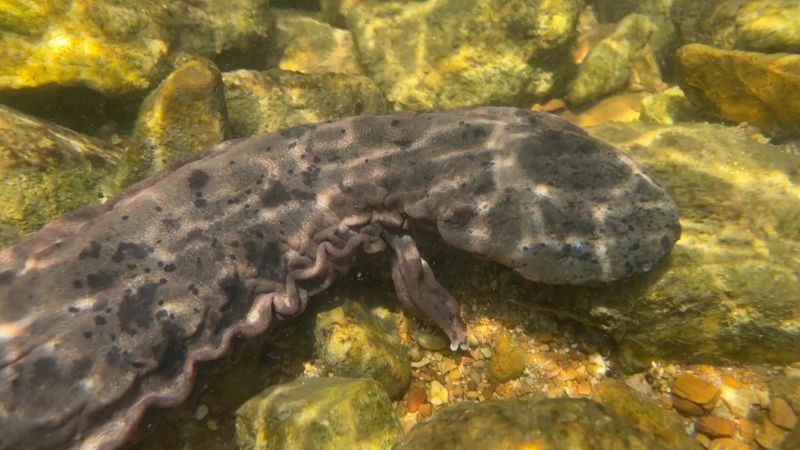
Arkansas is home to the captivating Ozark Hellbender, a salamander with a unique flat body and wrinkled skin. Found in fast-flowing streams, this amphibian is well adapted to its aquatic lifestyle.
The Ozark Hellbender, reaching lengths of up to 24 inches, is the largest salamander in Arkansas. Its skin aids in respiration, allowing it to thrive in oxygen-rich waters.
Despite its intimidating name, the Hellbender is a gentle giant, feeding on crayfish and other small aquatic creatures. Its presence in Arkansas’s waters is a testament to the state’s ecological richness and diversity.
5. California’s Coastal Giant: California Giant Salamander
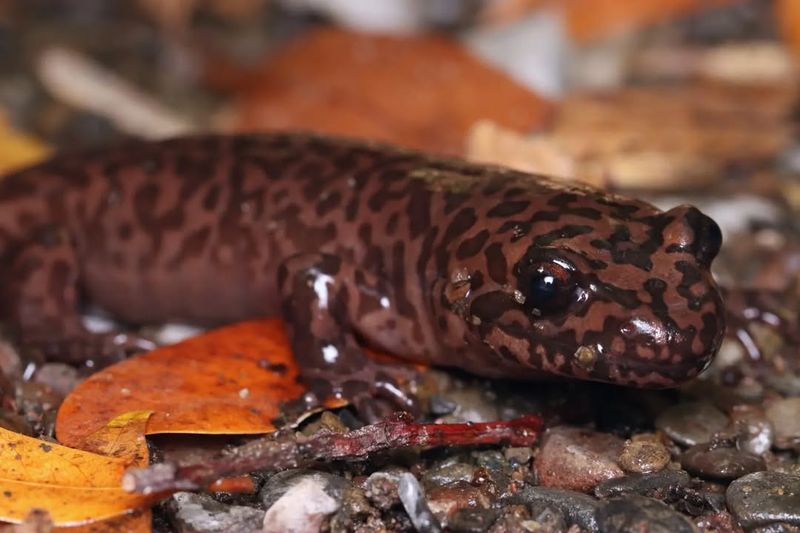
In the majestic redwood forests of California, the California Giant Salamander makes its impressive mark. Known for its large size and marbled skin pattern, this salamander is a true giant of the forest floor.
Reaching up to 12 inches, it holds the title for the largest salamander in California. Its presence is crucial for maintaining the delicate balance of the ecosystem, preying on insects and small vertebrates.
This salamander thrives in the damp, cool environments provided by the towering redwoods. Its ability to blend into the forest floor makes it a master of camouflage, contributing to its elusive nature.
6. Colorado’s Mountain Marvel: Tiger Salamander
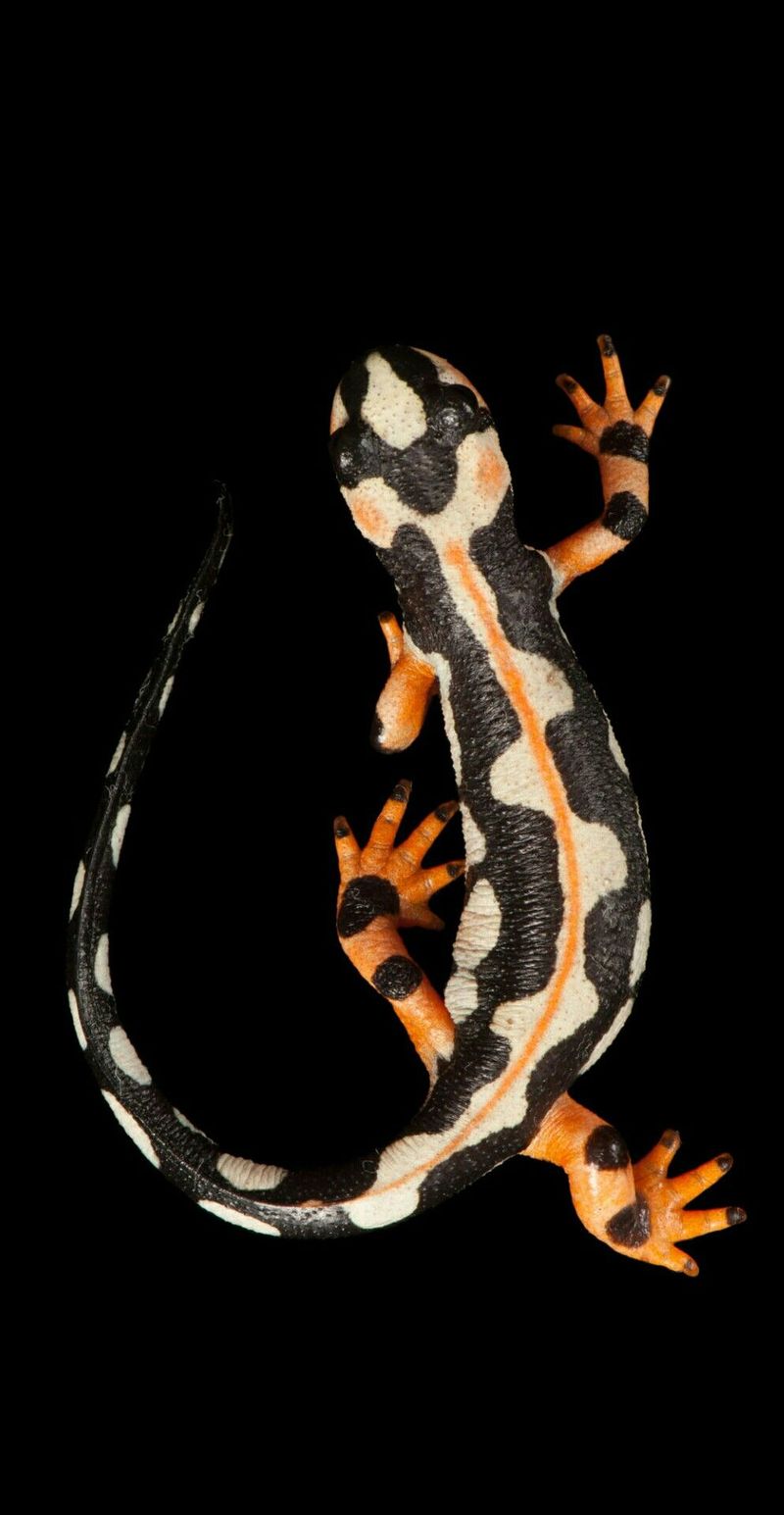
Amidst Colorado’s rugged mountains, the Tiger Salamander stands as a true marvel of adaptation. With its striking yellow and black pattern, this amphibian adds a splash of color to the state’s natural tapestry.
Growing up to 14 inches, the Tiger Salamander is the largest salamander in Colorado. Its presence in high-altitude environments is a testament to its resilience and adaptability.
The Tiger Salamander is a voracious predator, feasting on insects and small invertebrates. Its role in the ecosystem is vital, controlling pest populations and maintaining ecological balance.
7. Connecticut’s Hidden Treasure: Northern Red Salamander
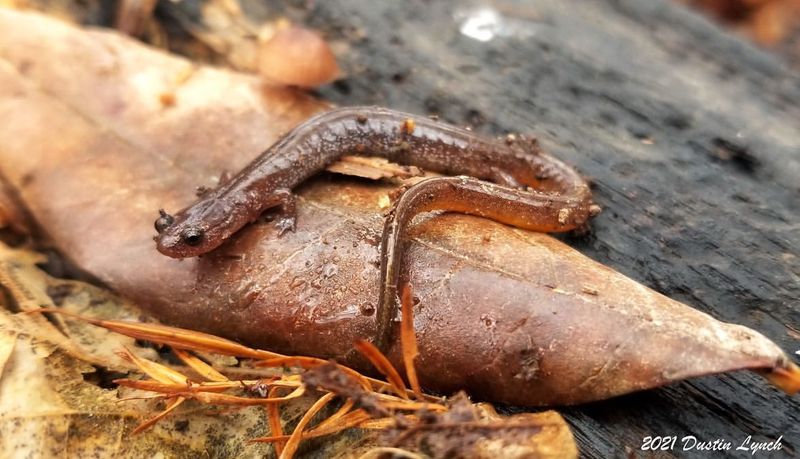
In the serene forests of Connecticut, the Northern Red Salamander emerges as a hidden treasure. Its vibrant red color with black spots makes it a striking presence amidst the foliage.
As the largest salamander in Connecticut, it can grow up to 7 inches. This amphibian is often found near streams and moist areas, where it plays a crucial role in the ecosystem.
The Northern Red Salamander’s diet consists of insects, worms, and small invertebrates. Its bright coloration serves as a warning to predators, a testament to its unique survival strategy in the wild.
8. Delaware’s Aquatic Wonder: Eastern Mud Salamander
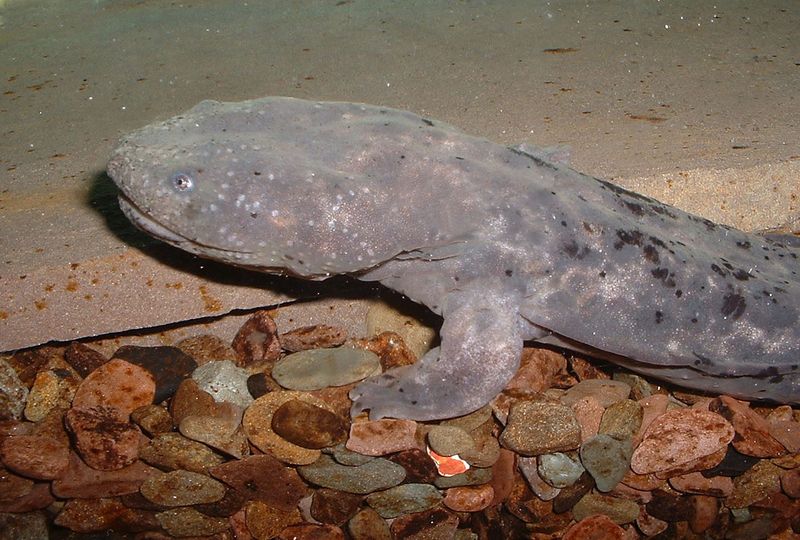
Delaware’s wetlands are home to the Eastern Mud Salamander, a stout-bodied amphibian with a reddish-brown hue. Its presence in the swampy areas adds a touch of mystery to the state’s aquatic realms.
The Eastern Mud Salamander can grow up to 8 inches, making it Delaware’s largest salamander. It thrives in muddy environments, an expert at burrowing and avoiding predators.
Its diet consists of insects and small aquatic creatures, contributing to the ecological balance of its habitat. The Eastern Mud Salamander is a true wonder of Delaware’s rich biodiversity.
9. Florida’s Swamp Spectacle: Greater Siren
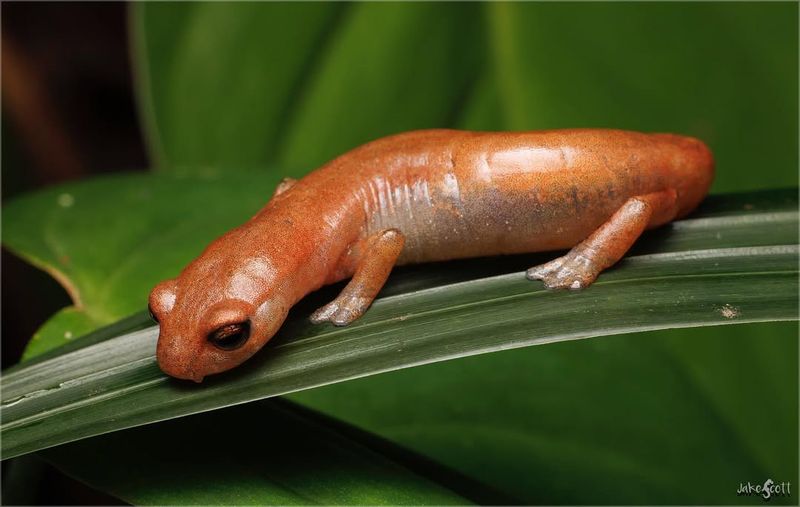
In the steamy swamps of Florida, the Greater Siren is a spectacle to behold. With its eel-like body and external gills, this salamander cuts an exotic figure in the murky waters.
As the largest salamander in Florida, it can grow up to 39 inches, making it a true giant of the swamps. This amphibian is adept at navigating the labyrinthine waterways, using its elongated body to glide through the water.
Feeding on small fish and invertebrates, the Greater Siren plays a pivotal role in the swamp ecosystem. Its presence is a testament to the diverse and vibrant wildlife that thrives in Florida’s wetlands.
10. Georgia’s Marsh Marvel: Two-Toed Amphiuma
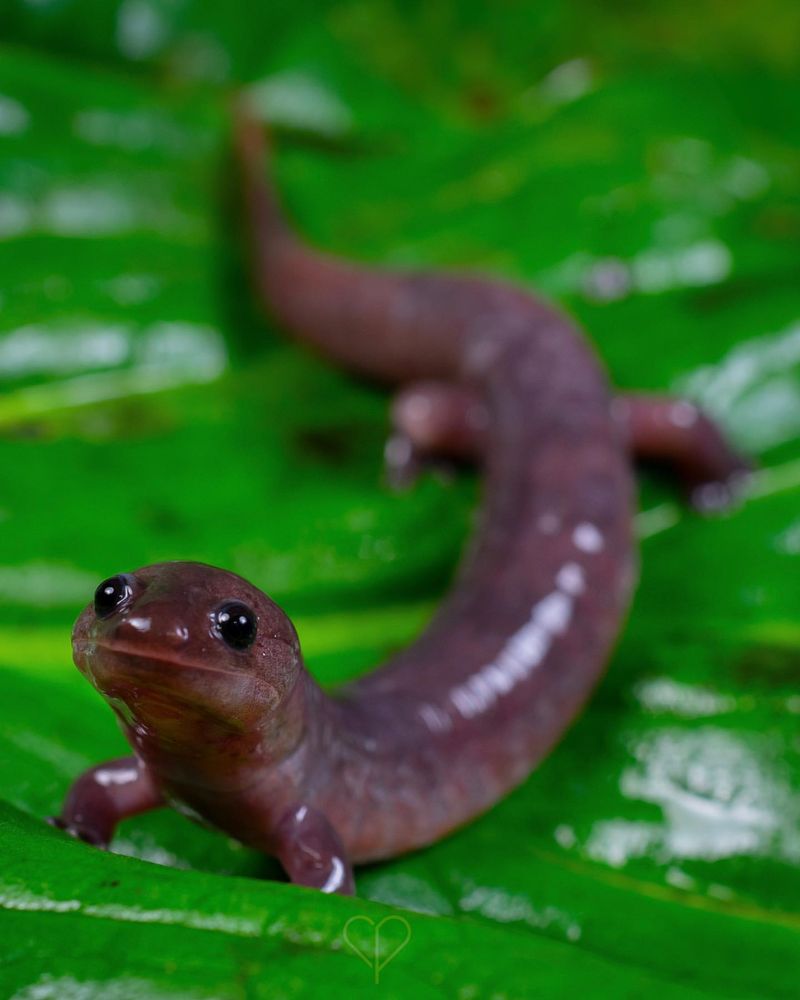
Deep in the marshlands of Georgia, the Two-toed Amphiuma reigns supreme. This elongated salamander, with its reduced limbs, resembles an underwater serpent.
Measuring up to 45 inches, it is Georgia’s largest salamander and a marvel of the marsh. Its ability to move through water and mud with ease showcases its remarkable adaptation to the wet environment.
The Two-toed Amphiuma’s diet includes fish, insects, and small amphibians, making it a critical component of the marsh ecosystem. Its unique appearance and lifestyle contribute to the rich tapestry of Georgia’s wildlife.
11. Hawaii’s Unique Resident: Japanese Giant Salamander
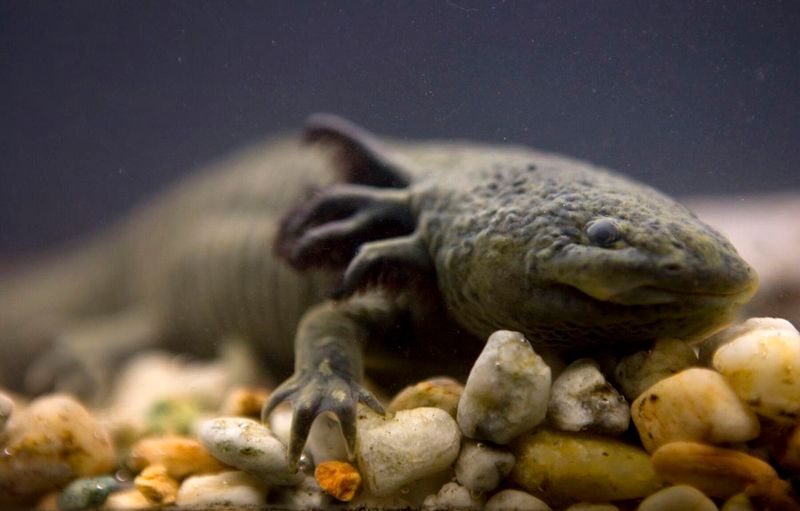
Hawaii, known for its exotic wildlife, hosts the impressive Japanese Giant Salamander in select streams. This amphibian, with its mottled skin and significant size, stands out among the island’s diverse species.
Reaching lengths of up to 5 feet, the Japanese Giant Salamander is a unique resident of Hawaii, thriving in clear, fast-flowing streams. Its presence is a rare spectacle, bringing a touch of the extraordinary to the Hawaiian landscape.
This salamander preys on fish and small aquatic creatures, playing a crucial role in the stream’s ecosystem. Its presence in Hawaii is a testament to the state’s diverse and sometimes surprising wildlife.
12. Idaho’s Forest Phantom: Idaho Giant Salamander
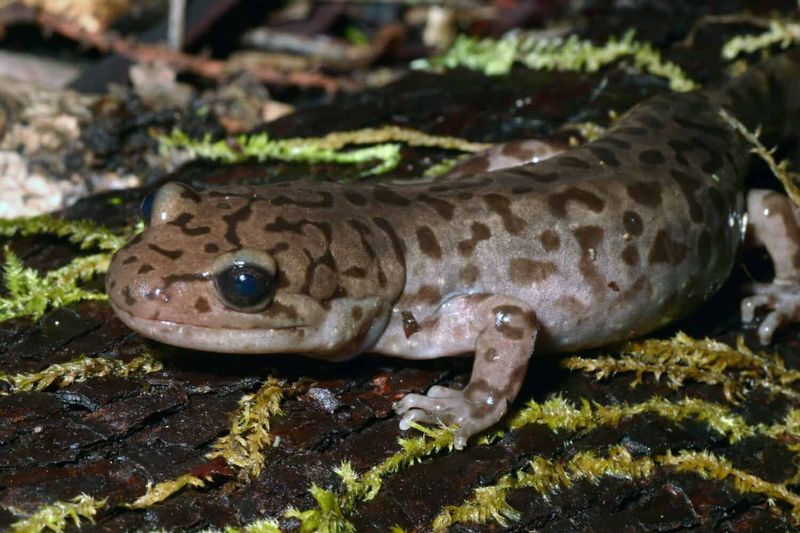
In the dense forests of Idaho, the Idaho Giant Salamander makes its elusive presence known. With a robust body and marbled skin, this amphibian blends seamlessly into the forest floor.
Growing up to 13 inches, it is Idaho’s largest salamander and a master of camouflage. Its presence is often hinted at by the rustling of leaves as it moves stealthily through its habitat.
The Idaho Giant Salamander preys on insects and small vertebrates, playing a vital role in controlling populations and maintaining ecological balance. Its mysterious nature adds to the allure of Idaho’s wild landscapes.
13. Illinois’s Hidden Aquatic Gem: Eastern Tiger Salamander
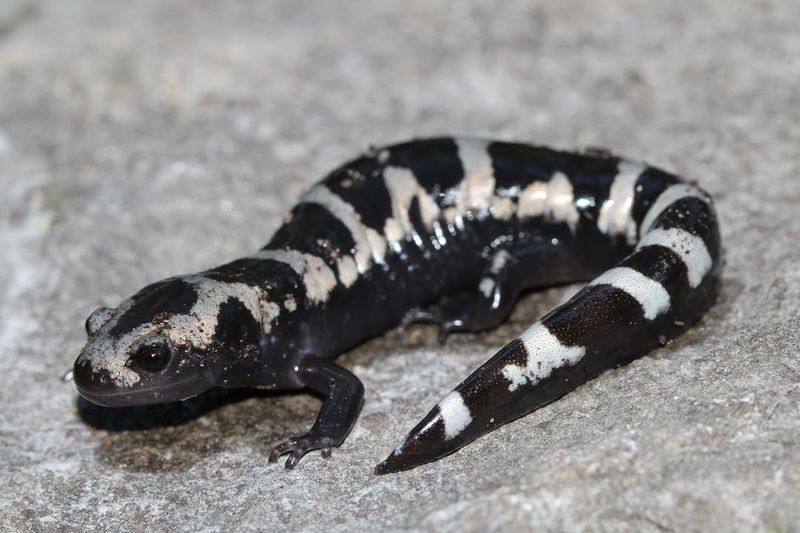
Illinois’s wetlands are home to the striking Eastern Tiger Salamander, characterized by its bold yellow and black stripes. This amphibian stands out as a hidden gem in the state’s aquatic environments.
Reaching up to 14 inches, the Eastern Tiger Salamander is Illinois’s largest salamander. It thrives in moist habitats, often found in burrows near water bodies.
Its diet consists of insects and small invertebrates, contributing to the ecological balance of its habitat. The Eastern Tiger Salamander is a captivating presence in Illinois’s rich biodiversity.
14. Indiana’s Moist Marvel: Eastern Newt
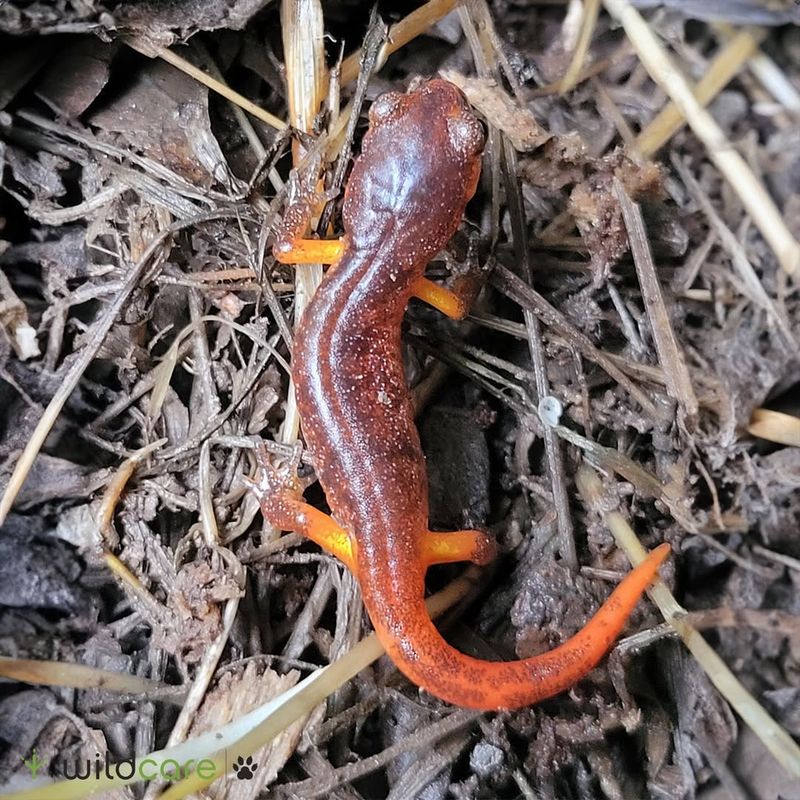
In Indiana’s woodland ponds, the Eastern Newt emerges as a moist marvel. Known for its bright red eft stage, this amphibian adds a splash of color to the state’s aquatic landscapes.
The Eastern Newt can grow up to 5 inches, making it Indiana’s largest salamander. Its vibrant coloration serves as a warning to predators, showcasing its unique survival strategy.
This amphibian thrives in moist environments, feeding on insects and small invertebrates. Its presence is vital for maintaining the ecological balance, contributing to the health of Indiana’s wetland ecosystems.
15. Iowa’s Prairie Powerhouse: Central Newt
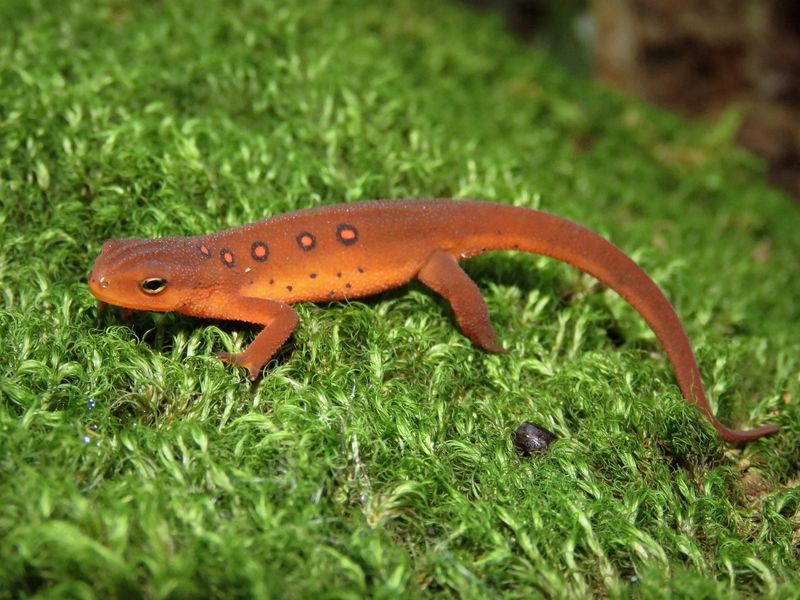
In the serene prairie ponds of Iowa, the Central Newt makes its subtle presence known. With olive-green skin and smooth texture, it blends harmoniously into the aquatic landscape.
As Iowa’s largest salamander, it can grow up to 5 inches. This amphibian thrives in calm waters, where it plays a crucial role in the ecosystem by preying on insects and small aquatic creatures.
The Central Newt’s adaptability to changing environments showcases its resilience, making it a true powerhouse of the prairie. Its understated charm adds to the natural beauty of Iowa’s wetlands.
16. Kansas’s Burrowing Beauty: Western Tiger Salamander
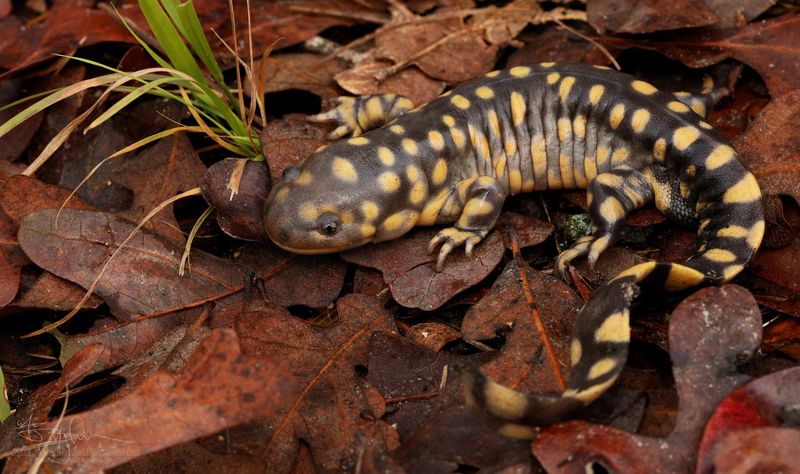
In the grasslands of Kansas, the Western Tiger Salamander stands as a burrowing beauty. With its bold yellow and black pattern, this amphibian is a vibrant presence in the prairie.
Growing up to 14 inches, it is Kansas’s largest salamander, adept at burrowing to escape predators and harsh weather. Its ability to thrive in various environments highlights its adaptability.
The Western Tiger Salamander’s diet includes insects and small vertebrates, making it a crucial part of the prairie ecosystem. Its striking appearance and survival skills make it a fascinating species in Kansas’s wildlife landscape.
17. Kentucky’s Aquatic Giant: Eastern Hellbender
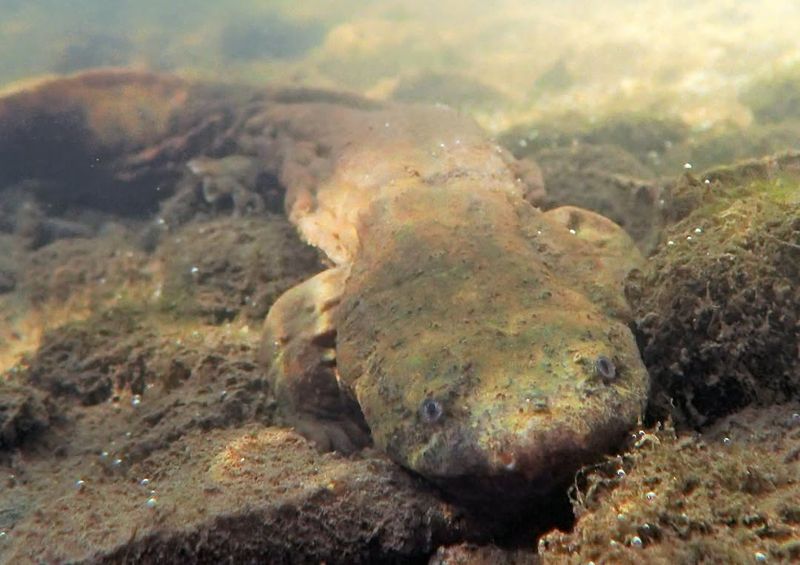
In the flowing rivers of Kentucky, the Eastern Hellbender reigns as an aquatic giant. With its flat body and wrinkled skin, this salamander is perfectly adapted to life in the water.
The Eastern Hellbender can grow up to 24 inches, making it Kentucky’s largest salamander. Its large size and unique physiology allow it to thrive in oxygen-rich waters.
Feeding on crayfish and small aquatic creatures, the Hellbender plays a vital role in maintaining the ecological balance of its habitat. Its presence in Kentucky rivers is a testament to the state’s diverse and rich aquatic ecosystems.
18. Louisiana’s Swamp Sentinel: Three-toed Amphiuma
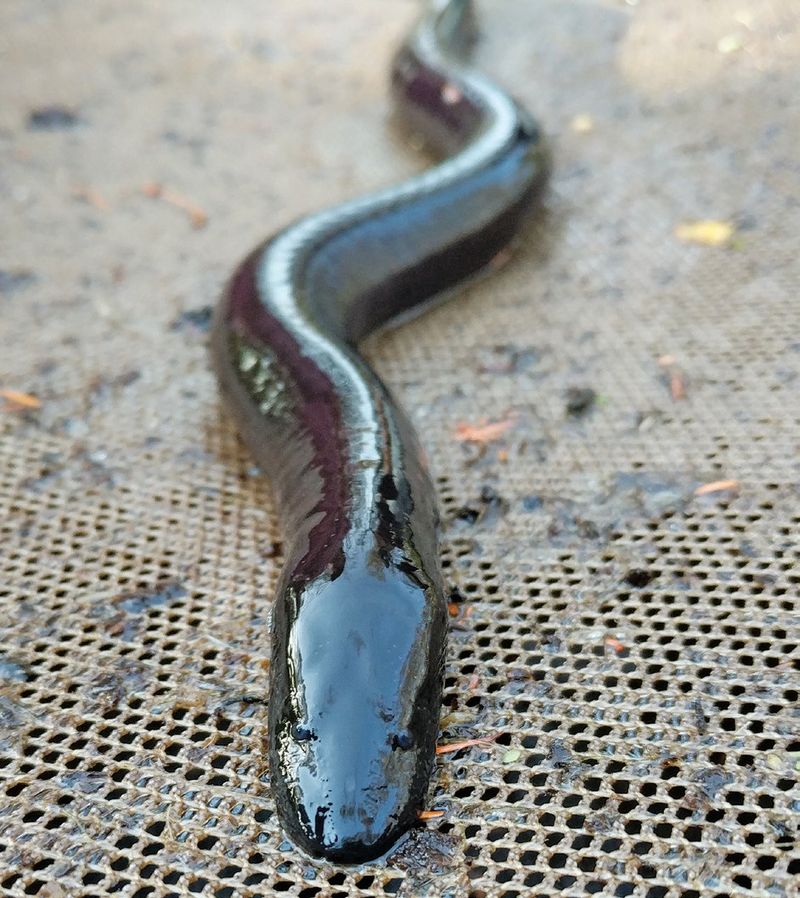
Deep in Louisiana’s swamps, the Three-toed Amphiuma serves as a vigilant sentinel of the wetlands. With its elongated body and reduced limbs, it moves with snake-like grace through the water.
As Louisiana’s largest salamander, it can grow up to 41 inches. This amphibian thrives in the mucky waters, showcasing its adaptability to a challenging environment.
The Three-toed Amphiuma preys on fish, insects, and small amphibians, playing a critical role in the swamp ecosystem. Its unique appearance and behavior make it a fascinating creature in Louisiana’s rich biodiversity.
19. Maine’s Forest Guardian: Eastern Red-Backed Salamander
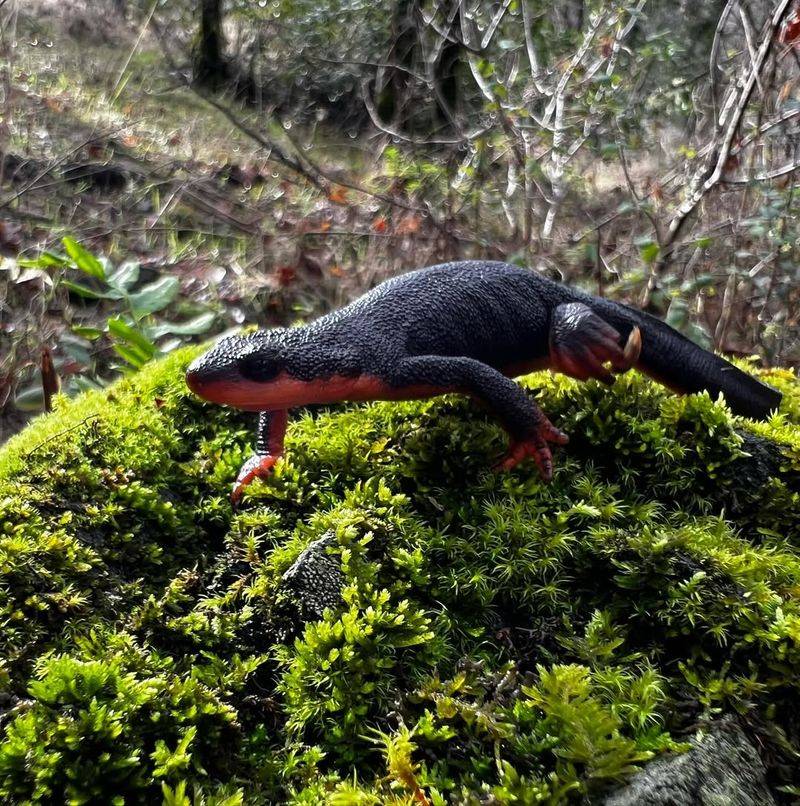
In the lush forests of Maine, the Eastern Red-backed Salamander acts as a guardian of the woodland floor. With a distinctive red stripe along its back, this amphibian is a vibrant presence amidst the leaf litter.
Reaching up to 5 inches, it is Maine’s largest salamander. Its small size doesn’t diminish its importance, as it plays a crucial role in controlling insect populations.
The Eastern Red-backed Salamander thrives in moist environments, showcasing its adaptability to varying conditions. Its presence in Maine’s forests contributes to the rich tapestry of the state’s wildlife.
20. Maryland’s Wetland Wonder: Spotted Salamander
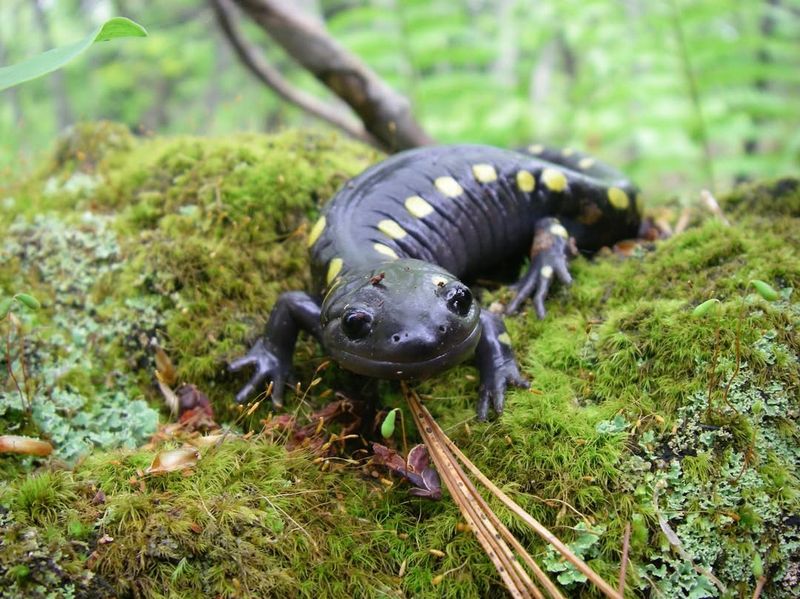
Maryland’s wetlands are home to the charming Spotted Salamander, known for its yellow spots on a sleek black body. This amphibian is a captivating presence in the state’s aquatic landscapes.
As Maryland’s largest salamander, it can grow up to 9 inches. Its striking appearance and nocturnal habits add an element of mystery to its existence.
The Spotted Salamander’s diet includes insects and small invertebrates, playing a crucial role in maintaining the ecological balance of its habitat. Its presence in Maryland’s wetlands is a testament to the state’s rich natural heritage.
21. Massachusetts’s Forest Enigma: Blue-Spotted Salamander
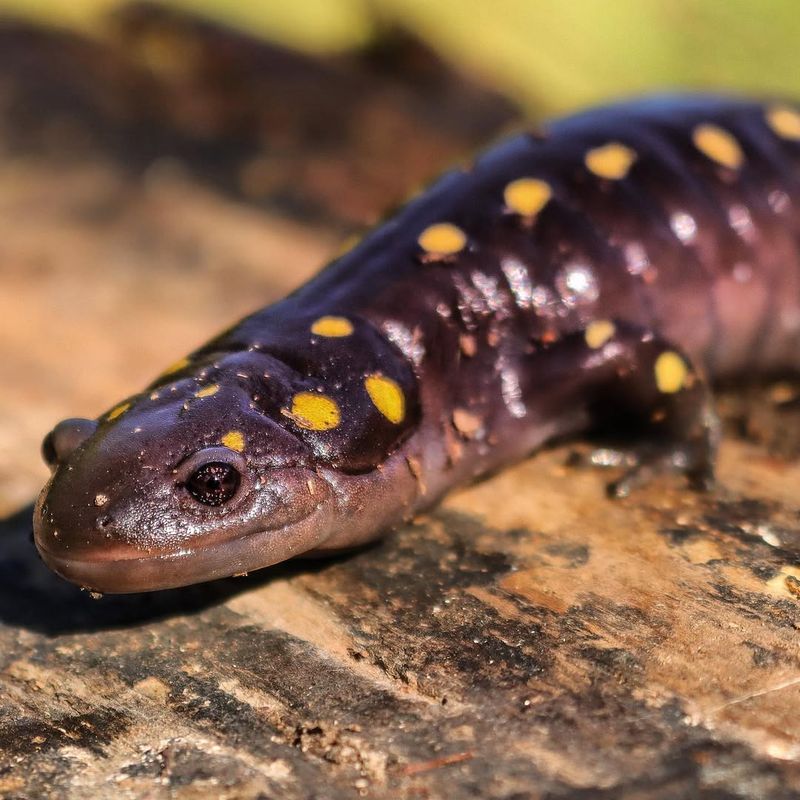
In the dense forests of Massachusetts, the Blue-spotted Salamander emerges as an enigmatic presence. With blue spots on dark skin, this amphibian is a striking sight among the undergrowth.
Reaching up to 5 inches, it is Massachusetts’s largest salamander. Its elusive nature and unique appearance add to the mystery of the state’s woodlands.
The Blue-spotted Salamander’s diet consists of insects and small invertebrates, contributing to the ecological balance of its habitat. Its presence in Massachusetts’s forests is a testament to the state’s diverse and vibrant wildlife.
22. Michigan’s Woodland Jewel: Eastern Red-spotted Newt
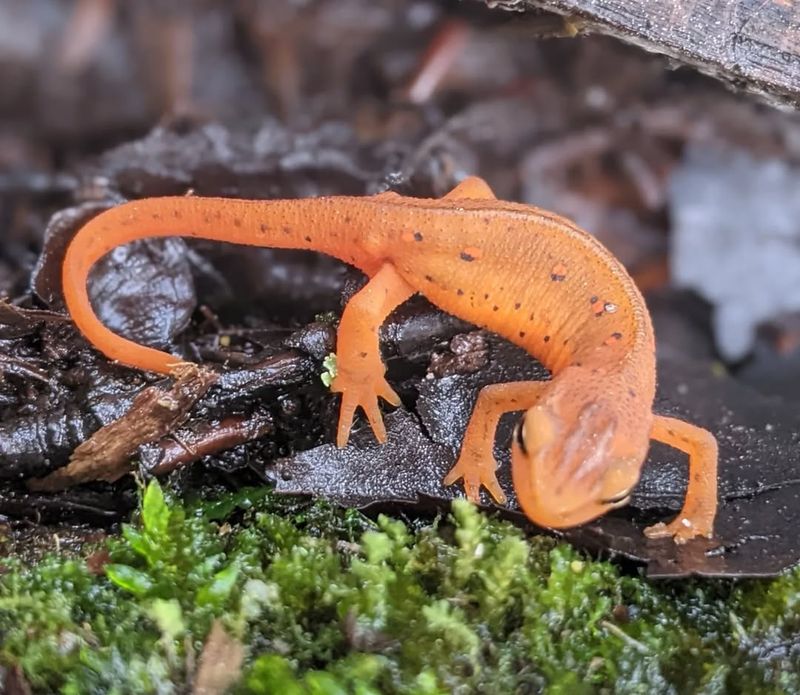
In Michigan’s woodland ponds, the Eastern Red-spotted Newt emerges as a jewel of the aquatic world. Known for its bright red spots, this amphibian adds a touch of brilliance to the state’s natural landscapes.
Reaching up to 5 inches, it is Michigan’s largest salamander. Its vibrant coloration serves as a warning to predators, showcasing its unique survival strategy.
The Eastern Red-spotted Newt thrives in moist environments, feeding on insects and small invertebrates. Its presence is vital for maintaining the ecological balance of Michigan’s wetland ecosystems.
23. Minnesota’s Water Wanderer: Mudpuppy
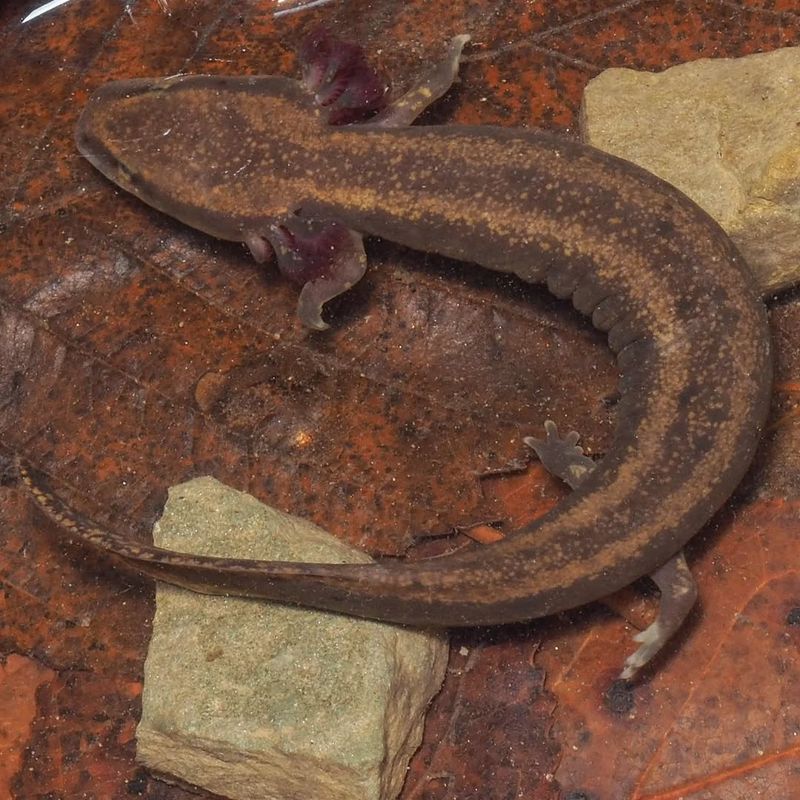
In the freshwater lakes of Minnesota, the Mudpuppy makes its presence known as a true water wanderer. With external gills and a greyish color, this amphibian is perfectly suited for aquatic life.
As Minnesota’s largest salamander, it can grow up to 19 inches. Its ability to thrive in underwater environments adds to the state’s rich biodiversity.
The Mudpuppy feeds on small fish and invertebrates, playing a crucial role in maintaining the ecological balance of its habitat. Its mysterious nature and unique adaptations make it a fascinating creature in Minnesota’s waters.
24. Mississippi’s Swamp Spectacle: Greater Siren
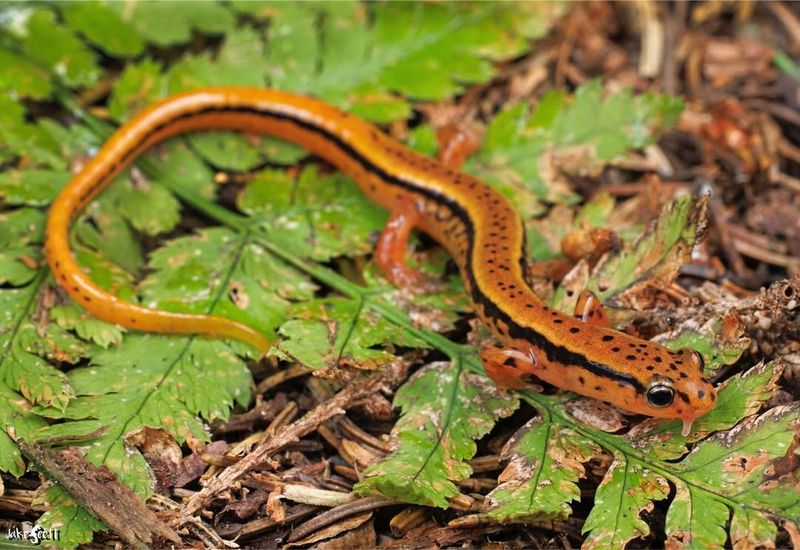
In the murky swamps of Mississippi, the Greater Siren is a spectacle to behold. With its eel-like body and external gills, this salamander is a giant of the watery world.
As the largest salamander in Mississippi, it can grow up to 39 inches. This amphibian is adept at navigating the swamp’s complex waterways, using its elongated body to glide through the water.
Feeding on small fish and invertebrates, the Greater Siren plays a pivotal role in the swamp ecosystem. Its presence is a testament to the diverse and vibrant wildlife that thrives in Mississippi’s wetlands.
25. Missouri’s Aquatic Titan: Ozark Hellbender
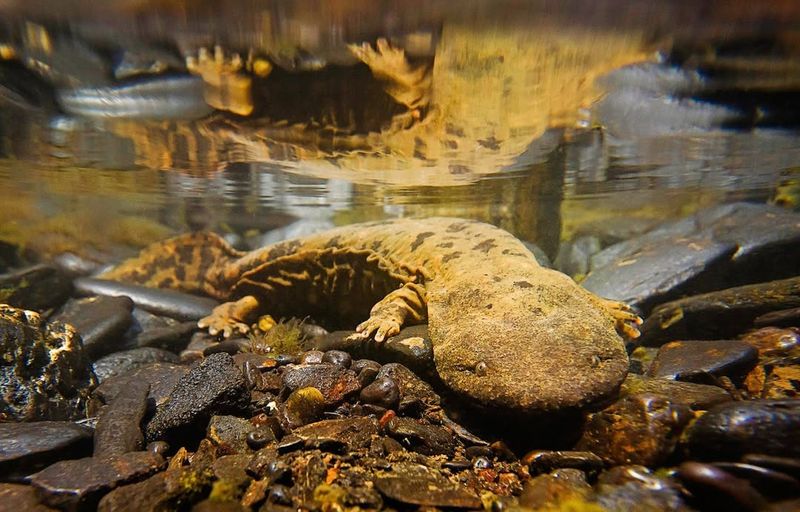
Missouri’s streams are home to the impressive Ozark Hellbender, known for its flat body and wrinkled skin. This aquatic titan is perfectly adapted to life in fast-flowing waters.
Reaching up to 24 inches, it is Missouri’s largest salamander. Its unique physiology allows it to thrive in oxygen-rich environments, contributing to the health of its habitat.
Feeding on crayfish and small aquatic creatures, the Ozark Hellbender plays a crucial role in maintaining ecological balance. Its presence in Missouri’s streams is a testament to the state’s rich biodiversity.
26. Montana’s Mountain Marvel: Rocky Mountain Tailed Frog
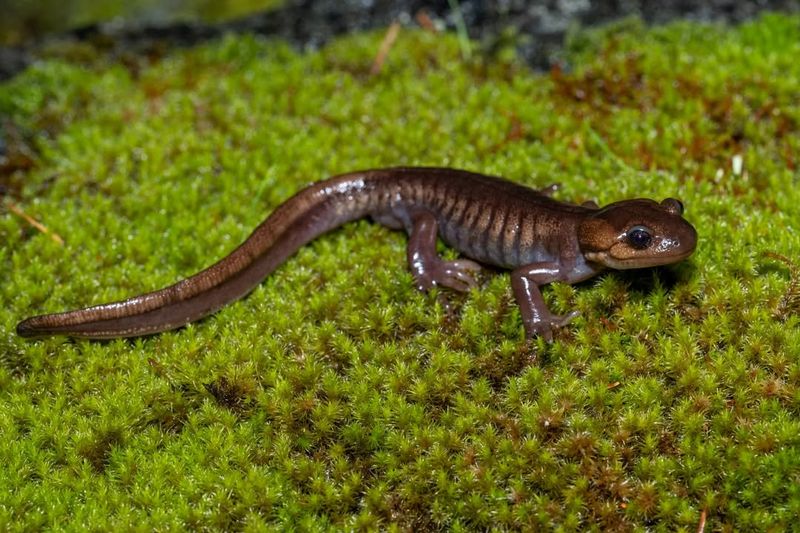
In the rugged mountain streams of Montana, the Rocky Mountain Tailed Frog stands as a marvel of adaptation. Known for its tailed appearance and rugged skin, this amphibian thrives in challenging environments.
While not a true salamander, its unique characteristics and presence in Montana’s waters make it a fascinating study. The Rocky Mountain Tailed Frog can grow up to 3 inches, playing a vital role in the ecosystem by controlling insect populations.
Its presence highlights the diverse and resilient wildlife that thrives in Montana’s mountainous regions, adding to the state’s natural beauty.
27. Nebraska’s Prairie Phantom: Central Newt
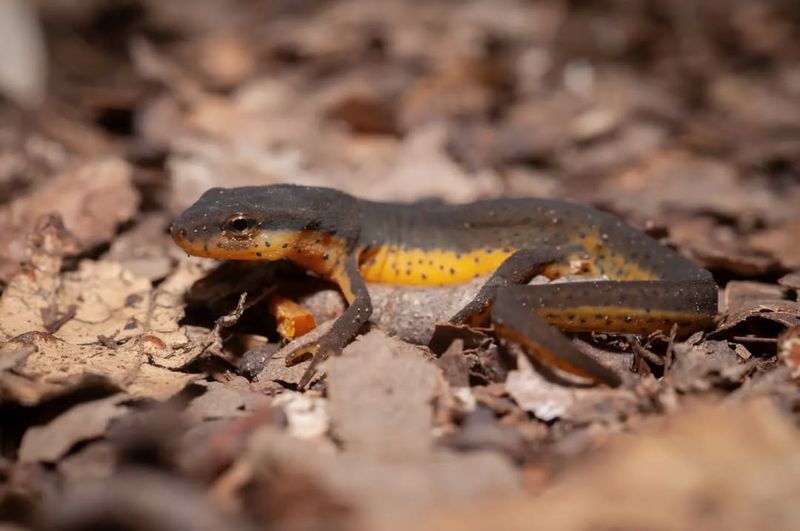
In Nebraska’s prairie ponds, the Central Newt emerges as a subtle yet significant presence. With its olive-green color and smooth skin, it blends seamlessly into the aquatic landscape.
Growing up to 5 inches, it is Nebraska’s largest salamander. This amphibian thrives in calm waters, contributing to the ecological balance by preying on insects and small aquatic creatures.
The Central Newt’s adaptability to changing environments showcases its resilience, making it a vital part of Nebraska’s wildlife tapestry. Its understated charm adds to the natural beauty of the state’s wetlands.
28. Nevada’s Desert Dweller: Great Basin Spadefoot
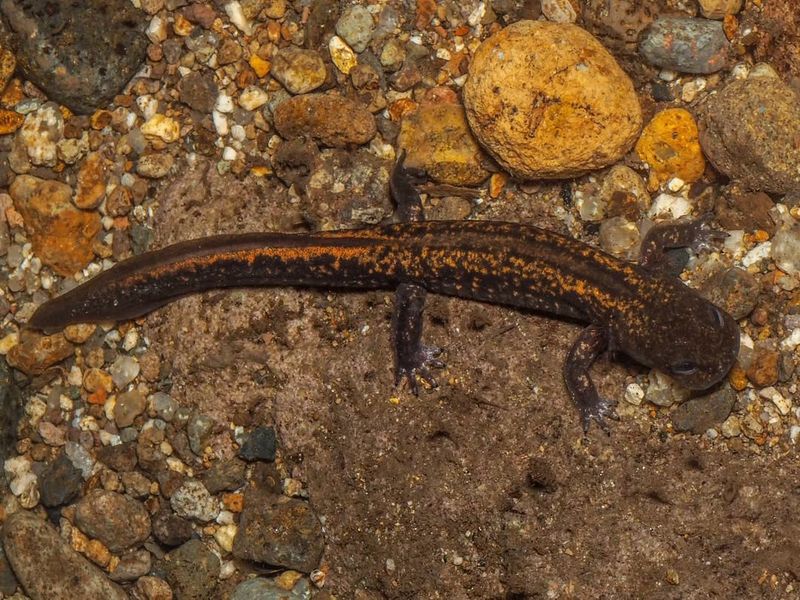
In the arid deserts of Nevada, the Great Basin Spadefoot is a remarkable desert dweller. While not a true salamander, its amphibious nature and presence in Nevada’s deserts make it noteworthy.
Known for its toad-like appearance and burrowing behavior, it thrives in challenging conditions. Measuring up to 3 inches, it relies on burrows to maintain moisture and escape predators.
The Great Basin Spadefoot’s adaptability to desert life adds to the diverse wildlife of Nevada. Its unique characteristics make it a fascinating study, contributing to the rich tapestry of the state’s ecosystems.
29. New Hampshire’s Woodland Wonder: Eastern Newt
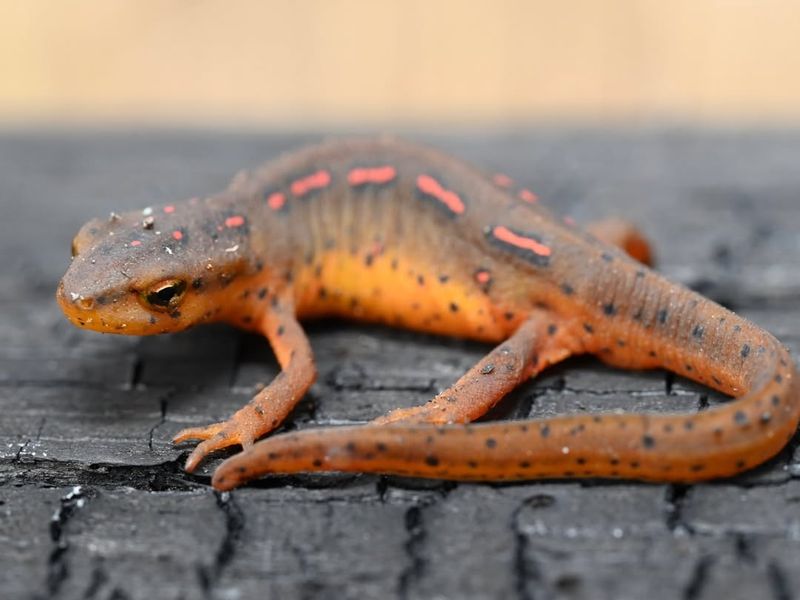
In the wooded ponds of New Hampshire, the Eastern Newt emerges as a woodland wonder.
Known for its bright red eft stage, this amphibian adds a touch of color to the state’s natural landscapes. Reaching up to 5 inches, it is New Hampshire’s largest salamander. Its vibrant coloration serves as a warning to predators, showcasing its unique survival strategy.
The Eastern Newt thrives in moist environments, feeding on insects and small invertebrates. Its presence is vital for maintaining the ecological balance of New Hampshire’s wetland ecosystems.
30. New Jersey’s Forest Jewel: Eastern Red-backed Salamander
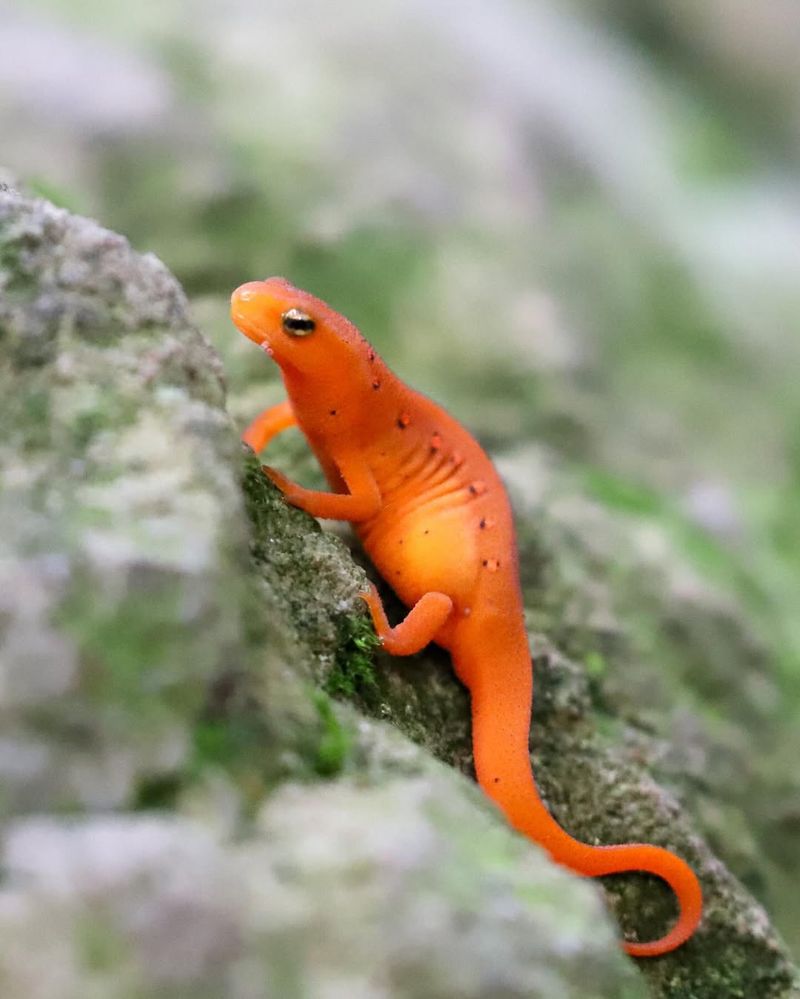
In New Jersey’s lush forests, the Eastern Red-backed Salamander is a true jewel of the woodland floor. With its distinctive red stripe along its back, this amphibian is a vibrant presence amidst the leaf litter.
Reaching up to 5 inches, it is New Jersey’s largest salamander. Its small size doesn’t diminish its importance, as it plays a crucial role in controlling insect populations.
The Eastern Red-backed Salamander thrives in moist environments, showcasing its adaptability to varying conditions. Its presence in New Jersey’s forests contributes to the rich tapestry of the state’s wildlife.
31. New Mexico’s Desert Giant: Barred Tiger Salamander
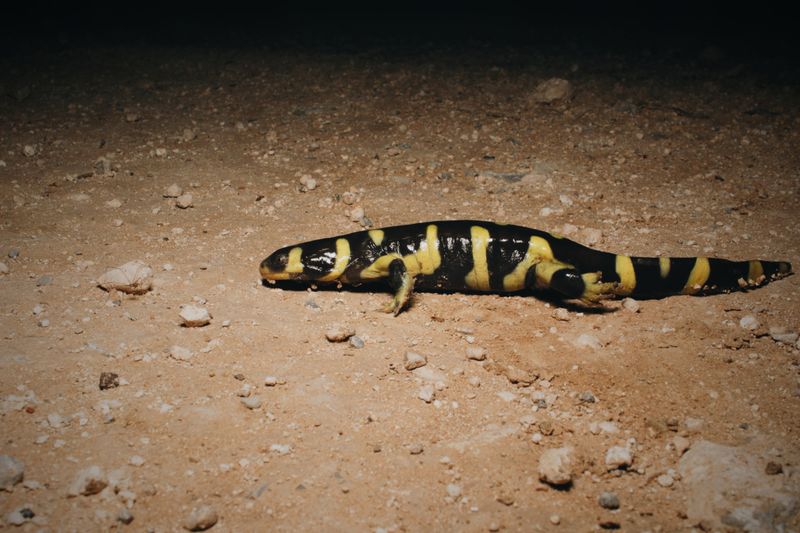
In the deserts of New Mexico, the Barred Tiger Salamander stands out as a desert giant. With its robust body and striking striped pattern, this amphibian is an unexpected inhabitant of the arid landscape.
Measuring up to 14 inches, it is New Mexico’s largest salamander. Its adaptability to harsh conditions showcases its incredible survival skills in a seemingly inhospitable environment.
Feeding on insects and small vertebrates, the Barred Tiger Salamander plays a crucial role in maintaining the ecological balance of its habitat. Its presence in New Mexico highlights the state’s diverse wildlife, proving that life thrives even in deserts.
32. New York’s Hidden Gem: Jefferson Salamander
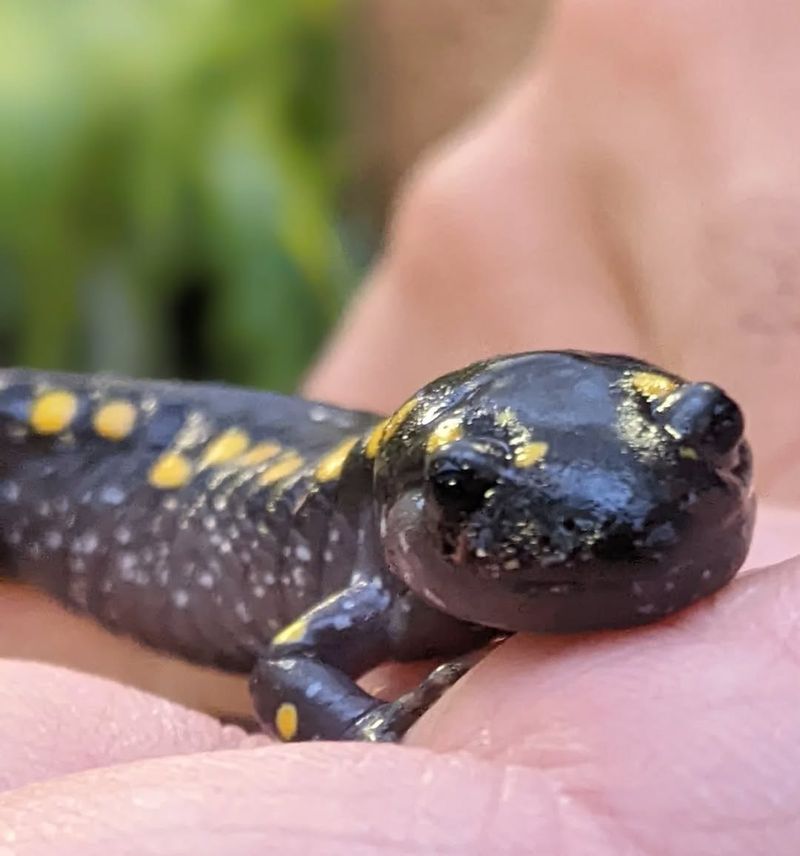
In the serene forests of New York, the Jefferson Salamander emerges as a hidden gem. With its slender body and greyish color, this amphibian blends seamlessly into its woodland surroundings.
Reaching up to 7 inches, it is New York’s largest salamander. Its presence in moist environments highlights its adaptability to varying conditions.
The Jefferson Salamander’s diet consists of insects and small invertebrates, contributing to the ecological balance of its habitat. Its elusive nature adds to the mystery of New York’s forests, making it a captivating presence in the state’s wildlife.
33. North Carolina’s Wetland Wonder: Eastern Tiger Salamander
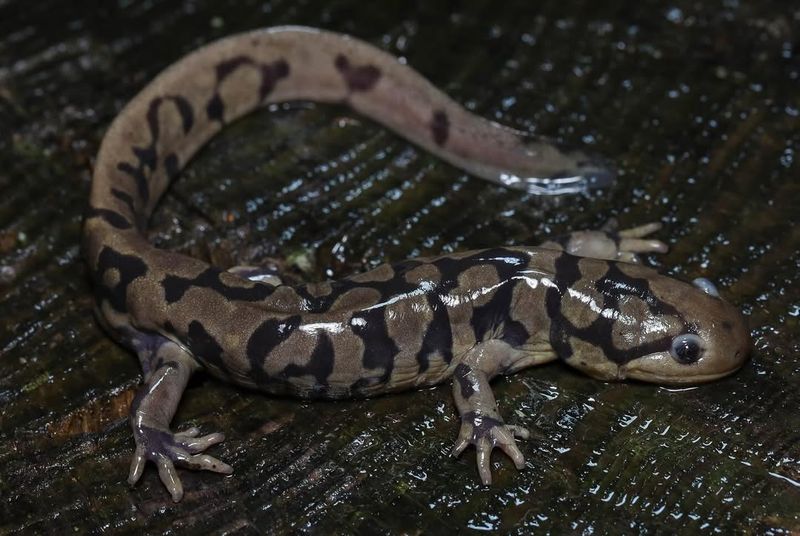
In the wetlands of North Carolina, the Eastern Tiger Salamander emerges as a wetland wonder. With its bold yellow and black stripes, this amphibian is a striking presence in the state’s aquatic landscapes.
Reaching up to 14 inches, it is North Carolina’s largest salamander. Its adaptability to moist environments highlights its resilience and survival skills.
Feeding on insects and small invertebrates, the Eastern Tiger Salamander plays a crucial role in maintaining the ecological balance of its habitat. Its presence in North Carolina’s wetlands is a testament to the state’s rich natural heritage.
34. North Dakota’s Prairie Phantom: Central Newt
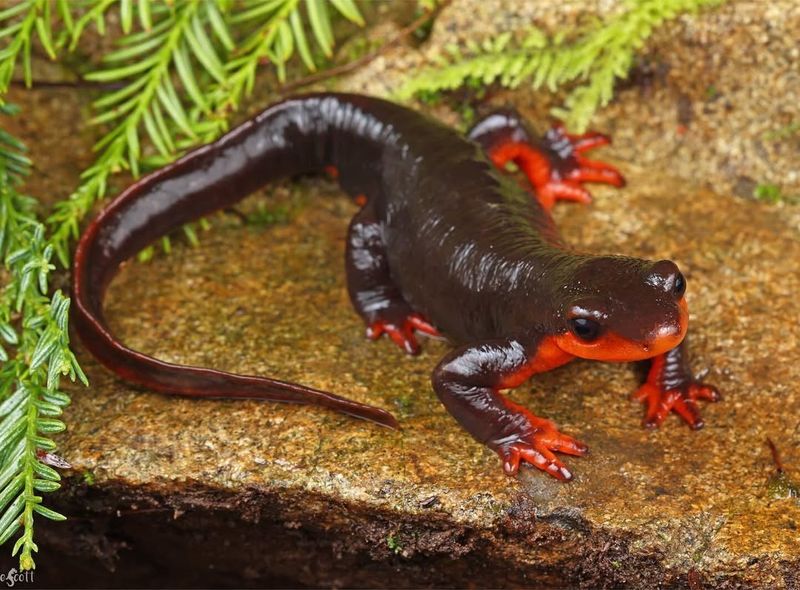
In North Dakota’s prairie ponds, the Central Newt emerges as a subtle yet significant presence. With its olive-green color and smooth skin, it blends seamlessly into the aquatic landscape.
Growing up to 5 inches, it is North Dakota’s largest salamander. This amphibian thrives in calm waters, contributing to the ecological balance by preying on insects and small aquatic creatures.
The Central Newt’s adaptability to changing environments showcases its resilience, making it a vital part of North Dakota’s wildlife tapestry. Its understated charm adds to the natural beauty of the state’s wetlands.
35. Ohio’s Woodland Icon: Spotted Salamander
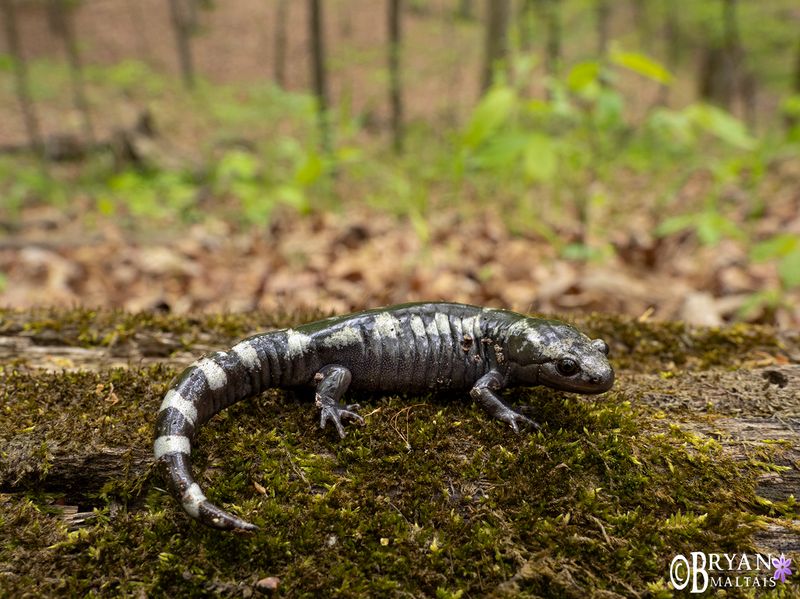
In Ohio’s lush forests, the Spotted Salamander emerges as a woodland icon. Known for its yellow spots on a sleek black body, this amphibian is a striking presence amidst the foliage.
As Ohio’s largest salamander, it can grow up to 9 inches. Its nocturnal habits and vibrant appearance add an element of mystery to its existence.
The Spotted Salamander’s diet includes insects and small invertebrates, playing a crucial role in maintaining the ecological balance of its habitat. Its presence in Ohio’s forests is a testament to the state’s rich natural heritage.
36. Oklahoma’s Burrowing Buddy: Western Tiger Salamander
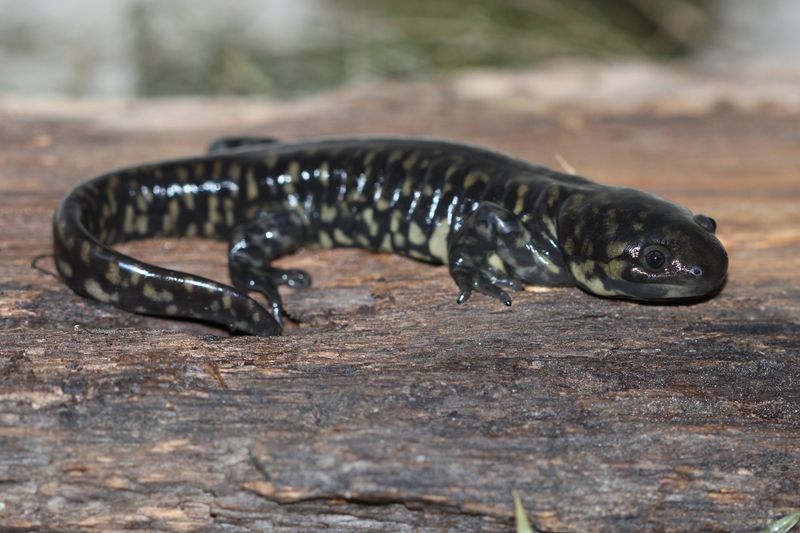
In Oklahoma’s grasslands, the Western Tiger Salamander is a true burrowing buddy. With its bold yellow and black pattern, this amphibian is a vibrant presence in the prairie.
Growing up to 14 inches, it is Oklahoma’s largest salamander, adept at burrowing to escape predators and harsh weather. Its ability to thrive in various environments highlights its adaptability.
The Western Tiger Salamander’s diet includes insects and small vertebrates, making it a crucial part of the prairie ecosystem. Its striking appearance and survival skills make it a fascinating species in Oklahoma’s wildlife landscape.
37. Oregon’s Forest Phantom: Coastal Giant Salamander
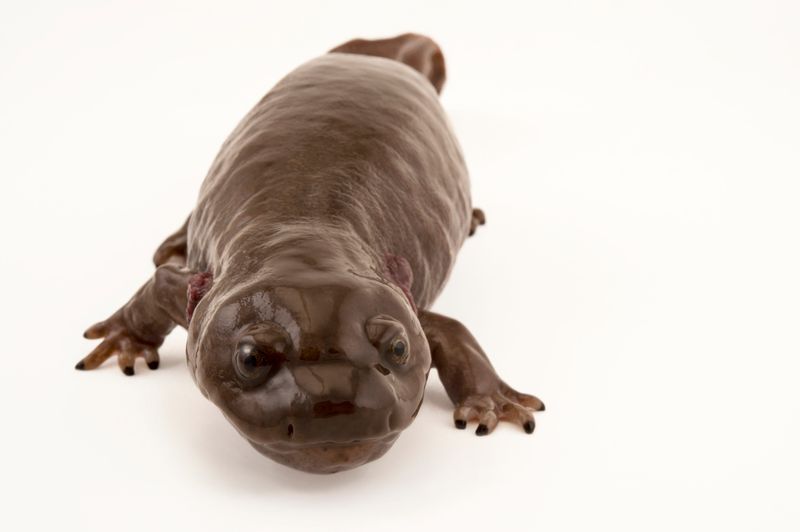
In the misty forests of Oregon, the Coastal Giant Salamander makes its phantom-like presence known.
Known for its large size and marbled skin pattern, this salamander is a true giant of the forest floor.nnReaching up to 12 inches, it holds the title as Oregon’s largest salamander. Its presence is crucial for maintaining the delicate balance of the ecosystem, preying on insects and small vertebrates.
This salamander thrives in the damp, cool environments provided by the towering forests. Its ability to blend into the forest floor makes it a master of camouflage, contributing to its elusive nature.
38. Pennsylvania’s Forest Phantom: Northern Slimy Salamander
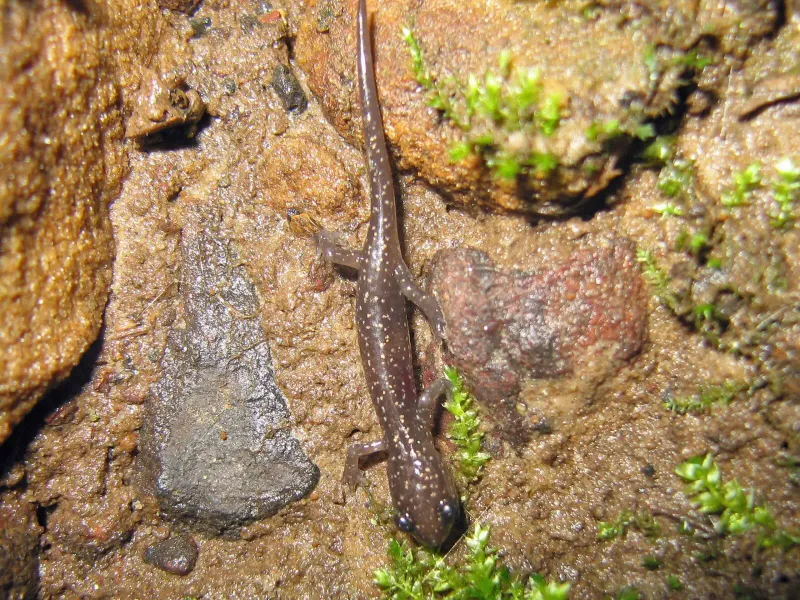
In Pennsylvania’s dense forests, the Northern Slimy Salamander emerges as a forest phantom. With its black body and white spots, this amphibian is a striking sight among the undergrowth.
Reaching up to 7 inches, it is Pennsylvania’s largest salamander. Its elusive nature and unique appearance add to the mystery of the state’s woodlands.
The Northern Slimy Salamander’s diet consists of insects and small invertebrates, contributing to the ecological balance of its habitat. Its presence in Pennsylvania’s forests is a testament to the state’s diverse and vibrant wildlife.
39. Rhode Island’s Woodland Wanderer: Marbled Salamander
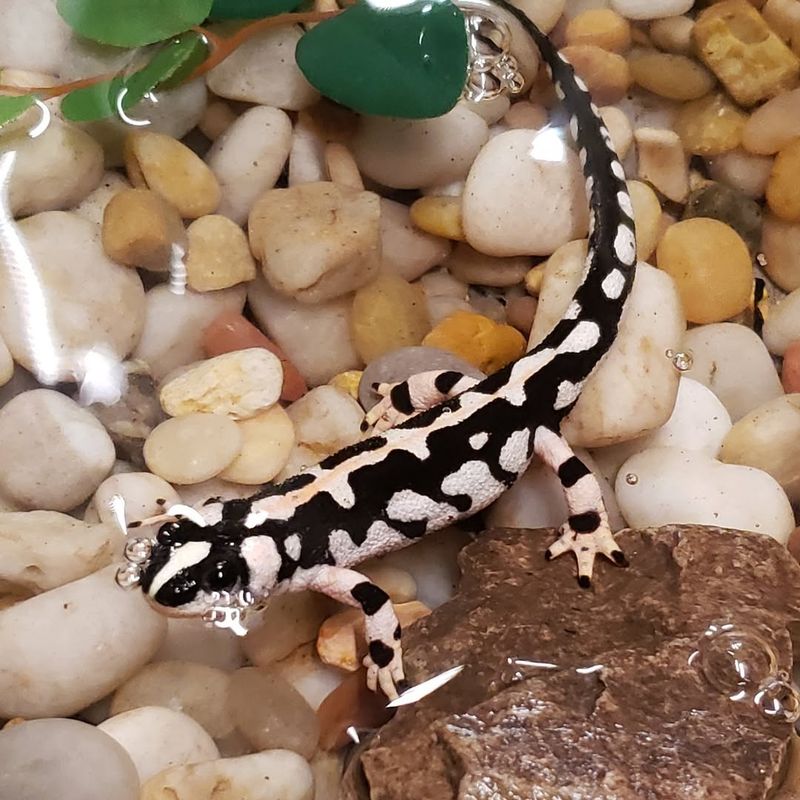
In the quiet forests of Rhode Island, the Marbled Salamander is a true woodland wanderer. Known for its marbled black and white pattern, this amphibian is a striking presence in the state’s woodlands.
Reaching up to 5 inches, it is Rhode Island’s largest salamander. Its unique appearance and nocturnal habits add an element of mystery to its existence.
The Marbled Salamander’s diet includes insects and small invertebrates, playing a crucial role in maintaining the ecological balance of its habitat. Its presence in Rhode Island’s forests is a testament to the state’s rich natural heritage.
40. South Carolina’s Swamp Spectacle: Greater Siren
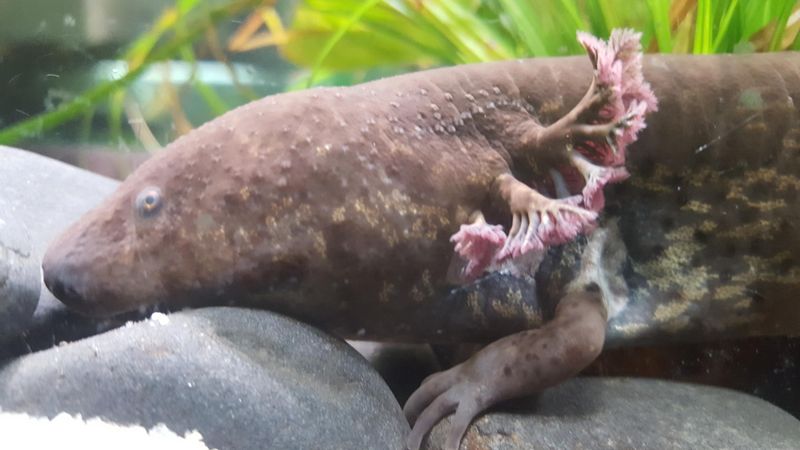
In the murky swamps of South Carolina, the Greater Siren is a spectacle to behold. With its eel-like body and external gills, this salamander is a giant of the watery world.
As the largest salamander in South Carolina, it can grow up to 39 inches. This amphibian is adept at navigating the swamp’s labyrinthine waterways, using its elongated body to glide through the water.
Feeding on small fish and invertebrates, the Greater Siren plays a pivotal role in the swamp ecosystem. Its presence is a testament to the diverse and vibrant wildlife that thrives in South Carolina’s wetlands.
41. South Dakota’s Prairie Wonder: Central Newt
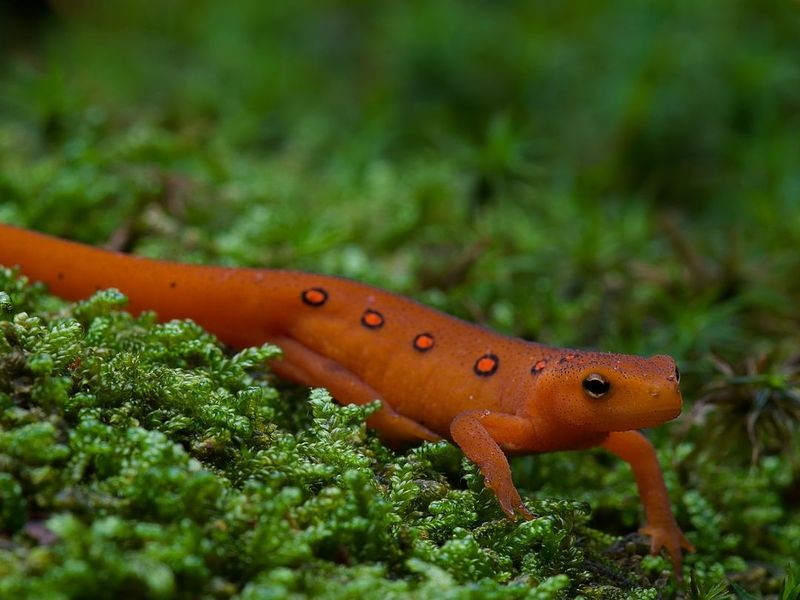
In the prairie ponds of South Dakota, the Central Newt emerges as a subtle yet significant presence. With its olive-green color and smooth skin, it blends seamlessly into the aquatic landscape.
Growing up to 5 inches, it is South Dakota’s largest salamander. This amphibian thrives in calm waters, contributing to the ecological balance by preying on insects and small aquatic creatures.
The Central Newt’s adaptability to changing environments showcases its resilience, making it a vital part of South Dakota’s wildlife tapestry. Its understated charm adds to the natural beauty of the state’s wetlands.
42. Tennessee’s Aquatic Titan: Eastern Hellbender
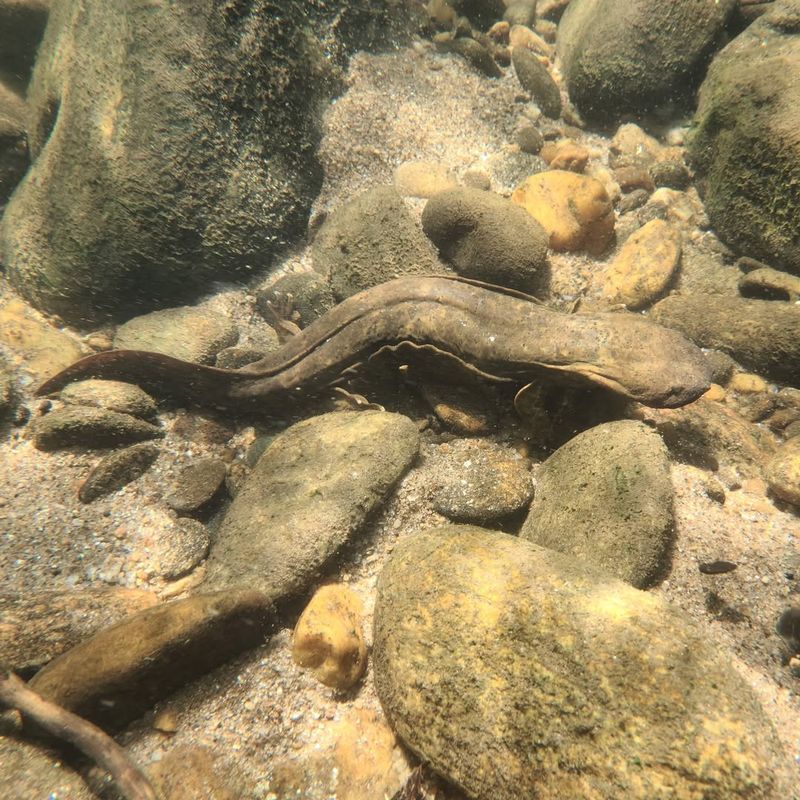
In the flowing rivers of Tennessee, the Eastern Hellbender reigns as an aquatic titan. With its flat body and wrinkled skin, this salamander is perfectly adapted to life in the water.
The Eastern Hellbender can grow up to 24 inches, making it Tennessee’s largest salamander. Its large size and unique physiology allow it to thrive in oxygen-rich waters.
Feeding on crayfish and small aquatic creatures, the Hellbender plays a vital role in maintaining the ecological balance of its habitat. Its presence in Tennessee rivers is a testament to the state’s diverse and rich aquatic ecosystems.
43. Texas’s Lone Star Salamander: Reticulated Flatwoods Salamander
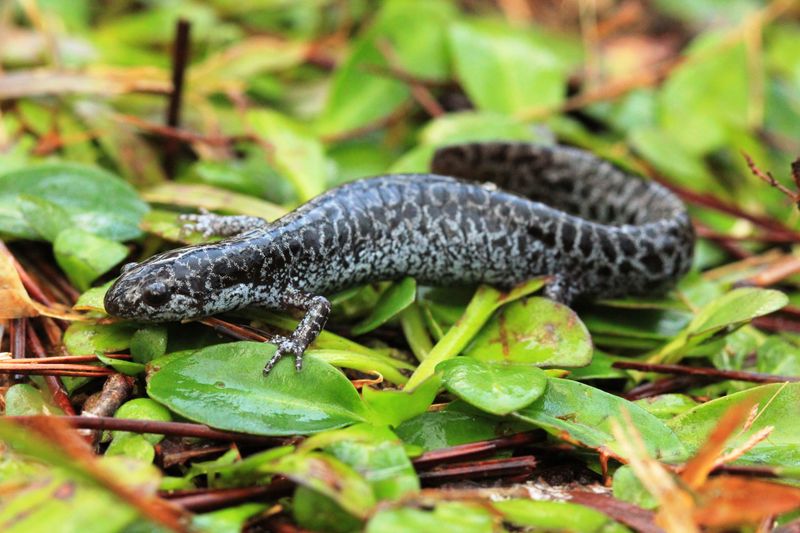
In the pine forests of Texas, the Reticulated Flatwoods Salamander stands as a Lone Star wonder. Known for its reticulated pattern on dark skin, this amphibian is a striking presence amidst the pine needles.
Reaching up to 5 inches, it is Texas’s largest salamander. Its presence highlights the unique biodiversity of the state’s woodlands, adding to its natural charm.
The Reticulated Flatwoods Salamander’s diet includes insects and small invertebrates, playing a crucial role in maintaining the ecological balance of its habitat. Its striking appearance and unique adaptations make it a fascinating species in Texas’s wildlife landscape.
44. Utah’s Desert Dweller: Great Basin Spadefoot
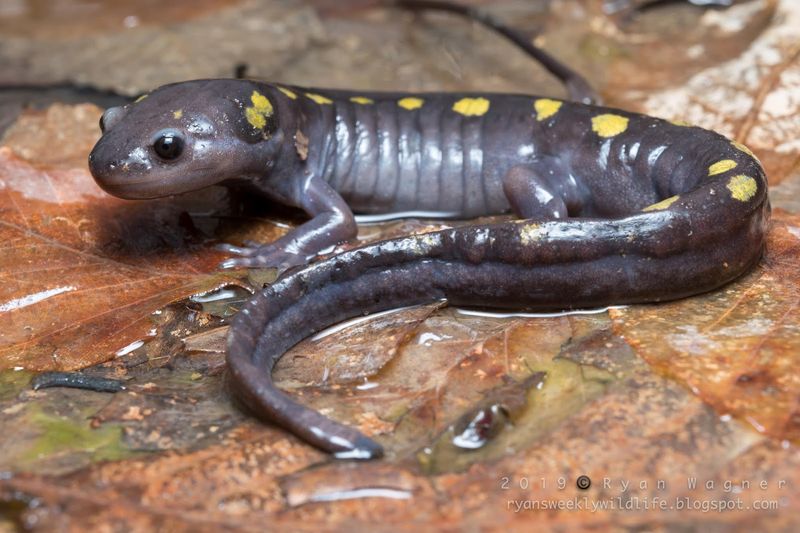
In the arid deserts of Utah, the Great Basin Spadefoot is a remarkable desert dweller. While not a true salamander, its amphibious nature and presence in Utah’s deserts make it noteworthy.
Known for its toad-like appearance and burrowing behavior, it thrives in challenging conditions. Measuring up to 3 inches, it relies on burrows to maintain moisture and escape predators.
The Great Basin Spadefoot’s adaptability to desert life adds to the diverse wildlife of Utah. Its unique characteristics make it a fascinating study, contributing to the rich tapestry of the state’s ecosystems.
45. Vermont’s Forest Jewel: Eastern Red-backed Salamander
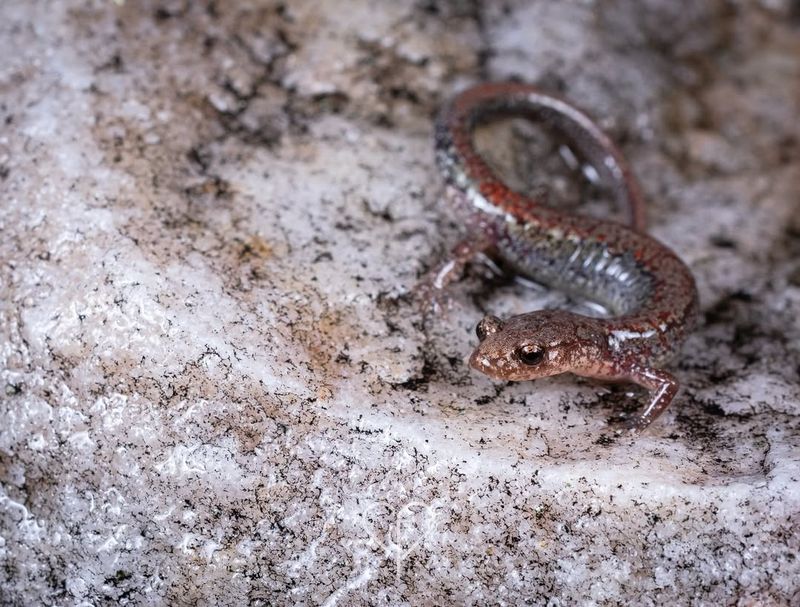
In Vermont’s lush forests, the Eastern Red-backed Salamander is a true jewel of the woodland floor. With its distinctive red stripe along its back, this amphibian is a vibrant presence amidst the leaf litter.
Reaching up to 5 inches, it is Vermont’s largest salamander. Its small size doesn’t diminish its importance, as it plays a crucial role in controlling insect populations.
The Eastern Red-backed Salamander thrives in moist environments, showcasing its adaptability to varying conditions. Its presence in Vermont’s forests contributes to the rich tapestry of the state’s wildlife.
46. Virginia’s Forest Enigma: Peaks Of Otter Salamander
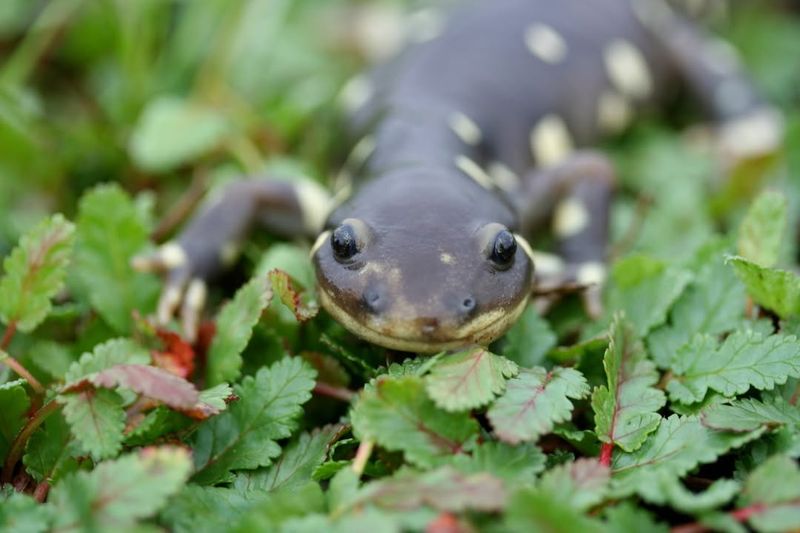
In the mountain forests of Virginia, the Peaks of Otter Salamander emerges as a true forest enigma. With its dark body and light spots, this amphibian is a striking presence amidst the foliage.
Reaching about 5 inches, it is Virginia’s largest salamander. Its elusive nature adds to the mystery of the state’s woodland ecosystems.
The Peaks of Otter Salamander’s diet consists of insects and small invertebrates, contributing to the ecological balance of its habitat. Its presence in Virginia’s forests is a testament to the state’s diverse and vibrant wildlife.
47. Washington’s Woodland Wonder: Coastal Giant Salamander
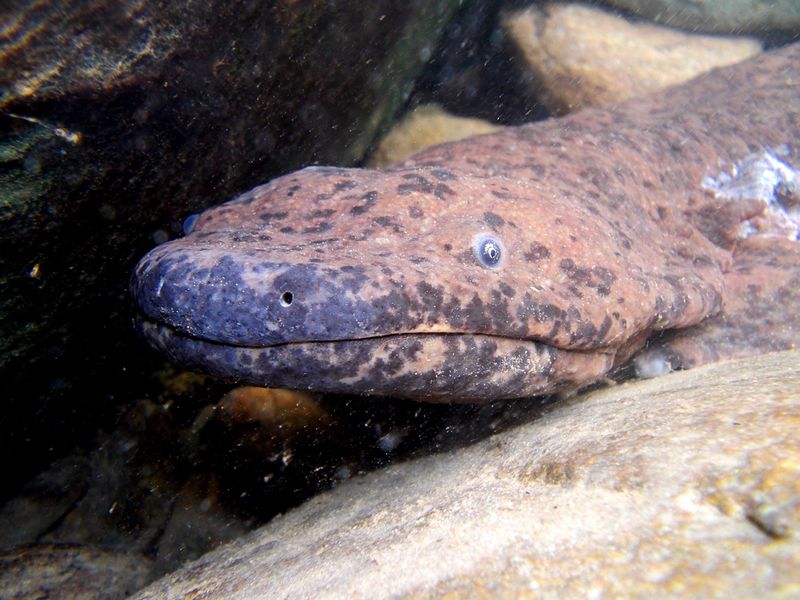
In the misty forests of Washington, the Coastal Giant Salamander makes its woodland wonder known. Known for its large size and marbled skin pattern, this salamander is a true giant of the forest floor.
Reaching up to 12 inches, it holds the title as Washington’s largest salamander. Its presence is crucial for maintaining the delicate balance of the ecosystem, preying on insects and small vertebrates.
This salamander thrives in the damp, cool environments provided by the towering forests. Its ability to blend into the forest floor makes it a master of camouflage, contributing to its elusive nature.
48. West Virginia’s Forest Phantom: Cheat Mountain Salamander
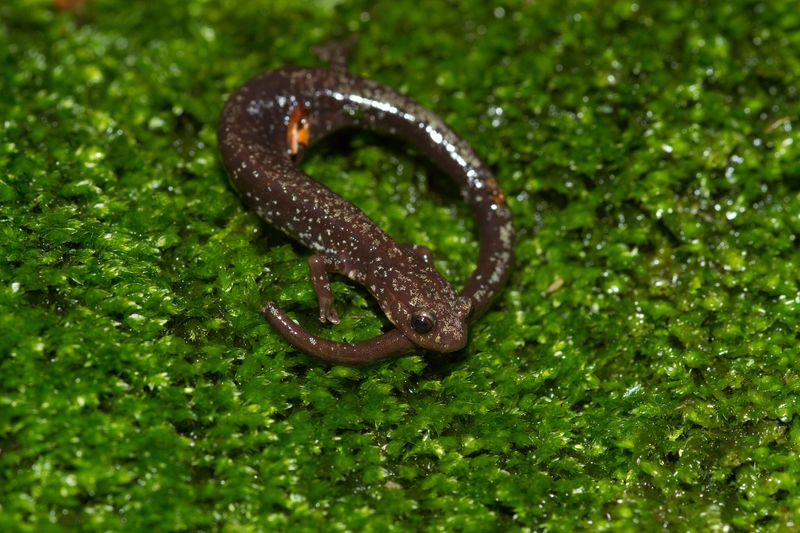
In the dense forests of West Virginia, the Cheat Mountain Salamander emerges as a forest phantom. With its dark body and light spots, this amphibian is a striking sight among the undergrowth.
Reaching about 5 inches, it is West Virginia’s largest salamander. Its elusive nature and unique appearance add to the mystery of the state’s woodlands.
The Cheat Mountain Salamander’s diet consists of insects and small invertebrates, contributing to the ecological balance of its habitat. Its presence in West Virginia’s forests is a testament to the state’s diverse and vibrant wildlife.
49. Wisconsin’s Aquatic Adventurer: Mudpuppy
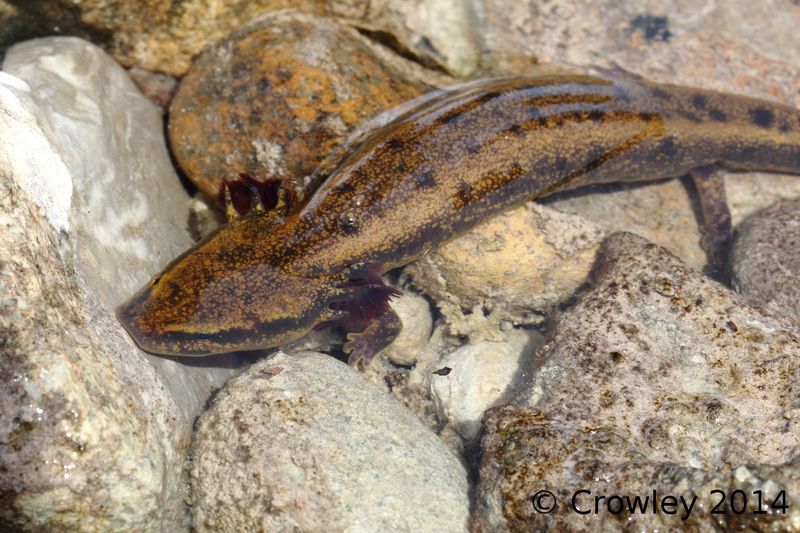
In the freshwater lakes of Wisconsin, the Mudpuppy takes on the role of an aquatic adventurer. With external gills and a greyish color, this amphibian is perfectly suited for life underwater.
As Wisconsin’s largest salamander, it can grow up to 19 inches. Its ability to thrive in underwater environments adds to the state’s rich biodiversity.
The Mudpuppy feeds on small fish and invertebrates, playing a crucial role in maintaining the ecological balance of its habitat. Its mysterious nature and unique adaptations make it a fascinating creature in Wisconsin’s waters.
50. Wyoming’s Mountain Marvel: Western Toad
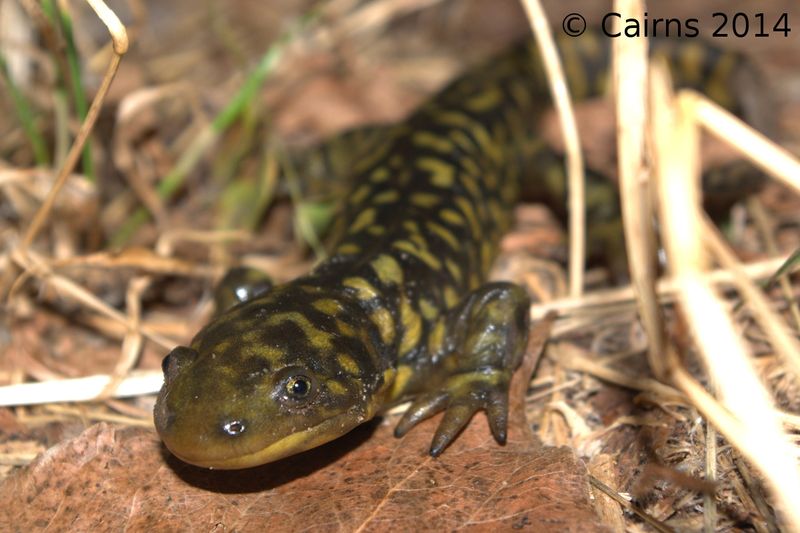
In the mountain streams of Wyoming, the Western Toad emerges as a marvel of adaptation. While not a true salamander, its presence in Wyoming’s waters makes it noteworthy.
Known for its toad-like appearance and hardy nature, it thrives in challenging environments. Measuring up to 5 inches, it plays a vital role in the ecosystem by controlling insect populations.
The Western Toad’s adaptability to varying conditions highlights the diverse wildlife of Wyoming. Its unique characteristics make it a fascinating study, contributing to the rich tapestry of the state’s natural beauty.


